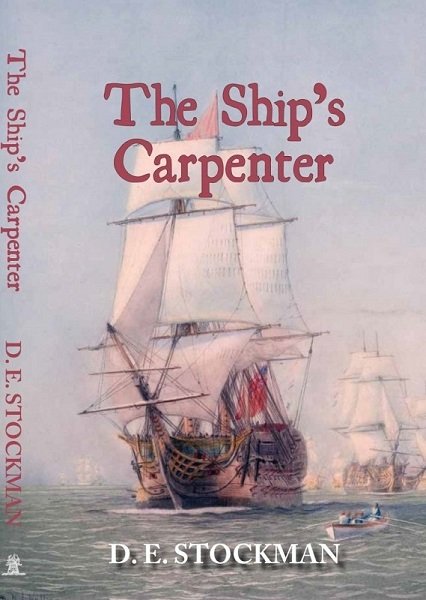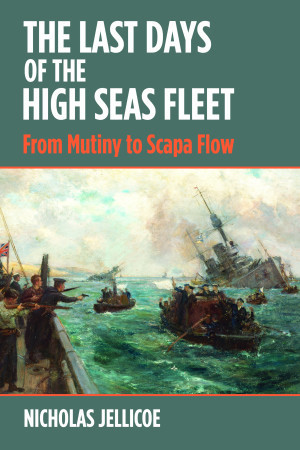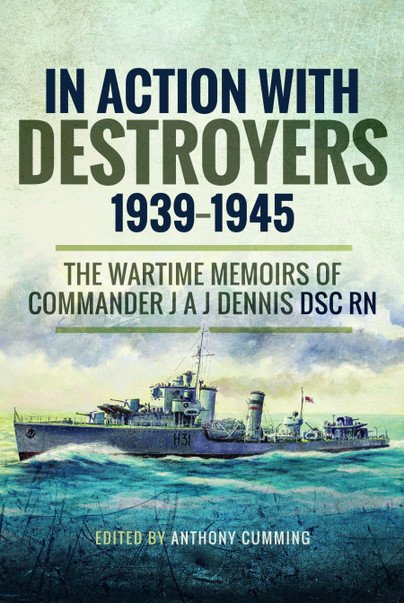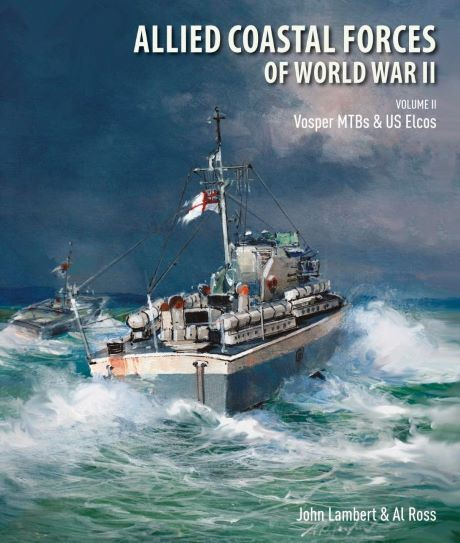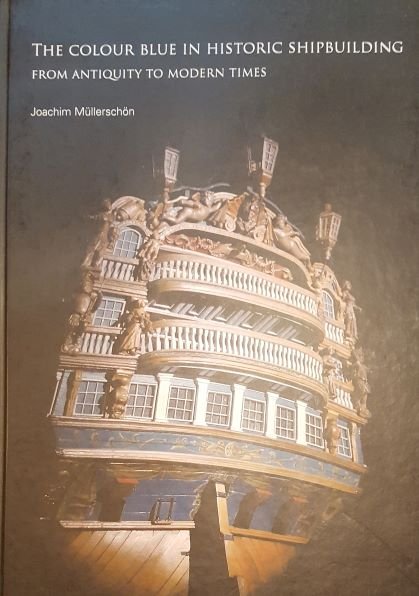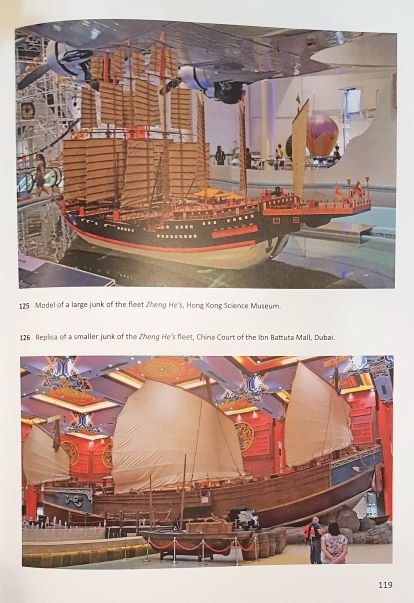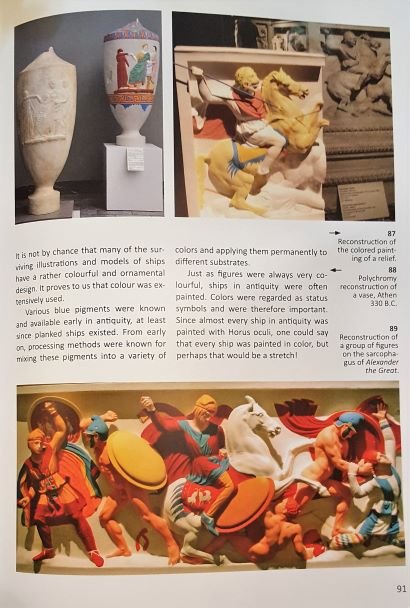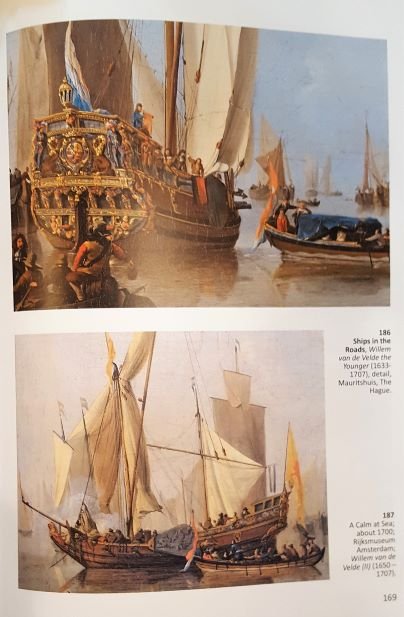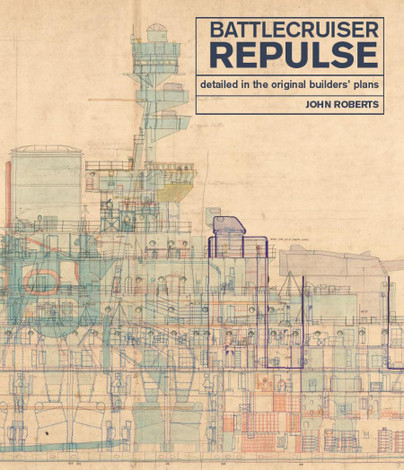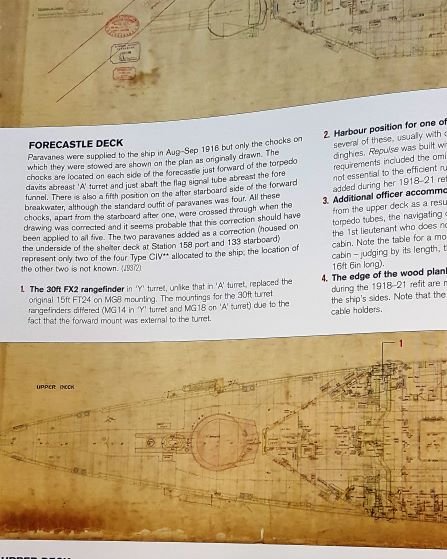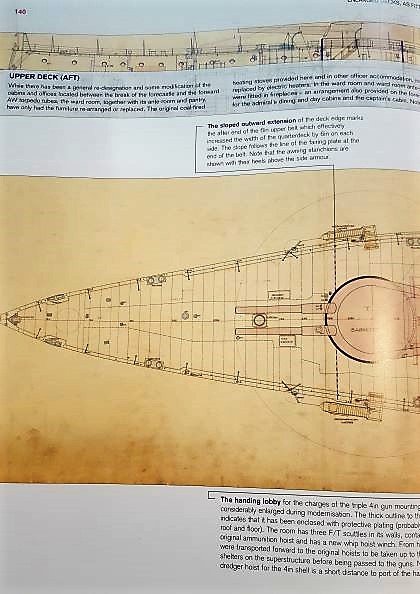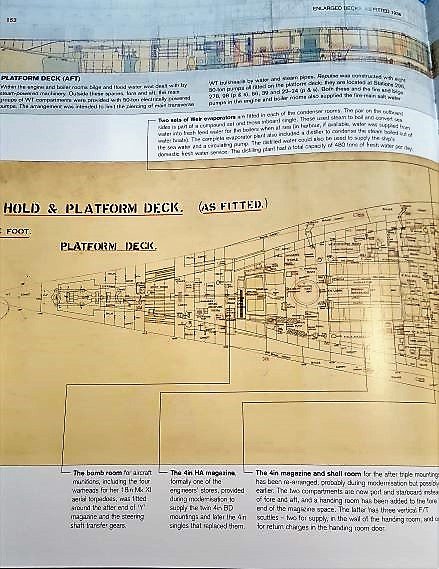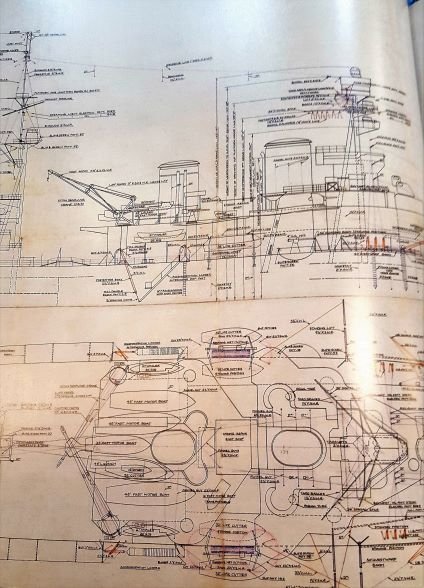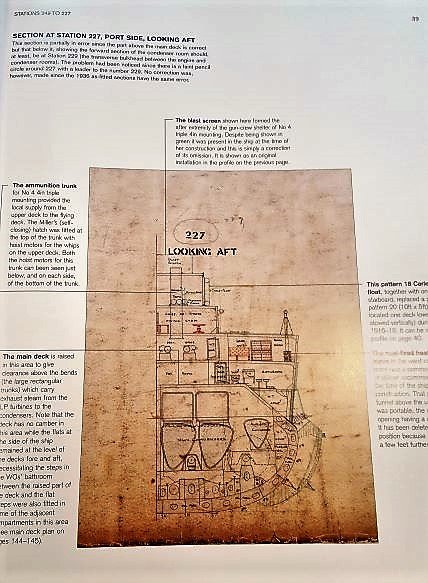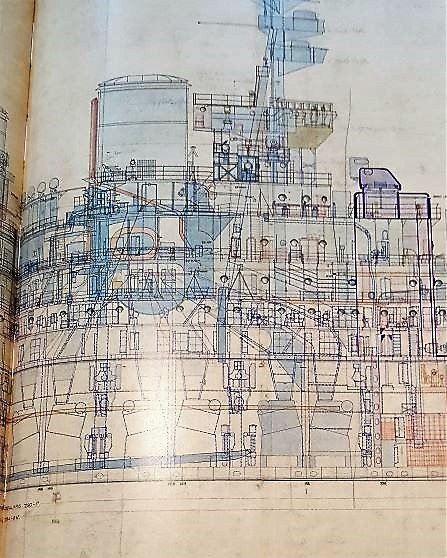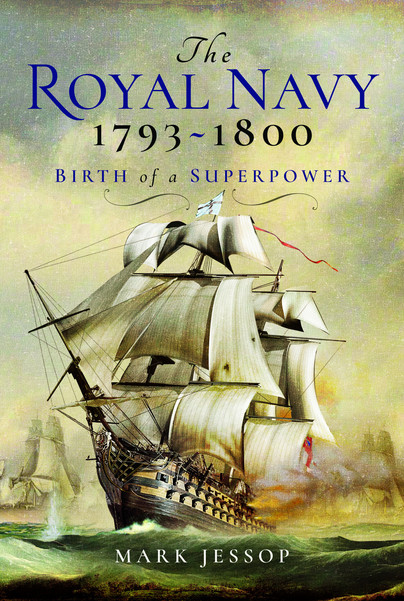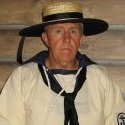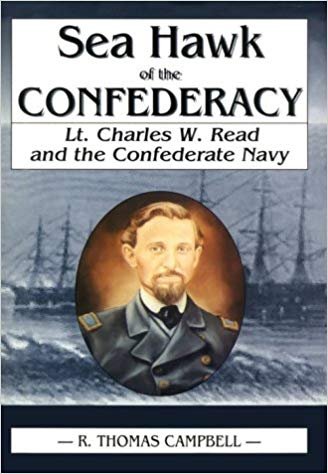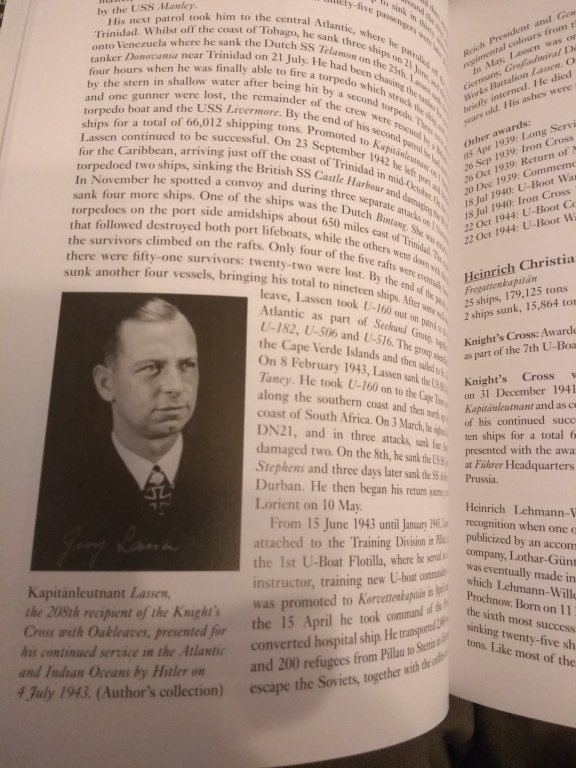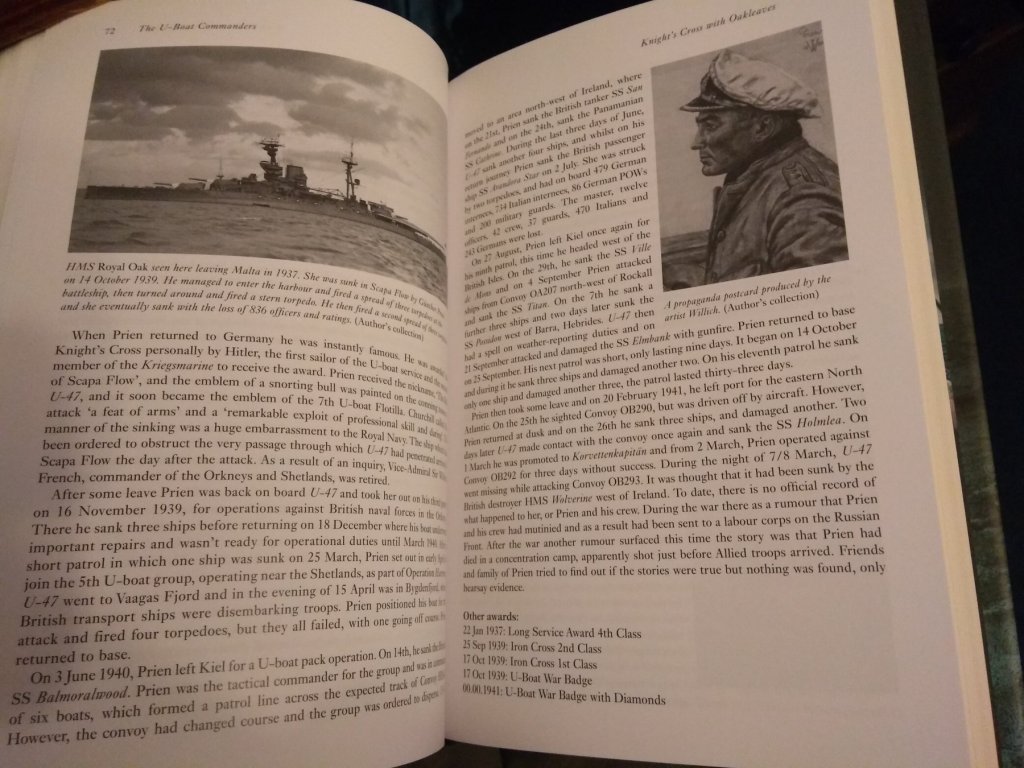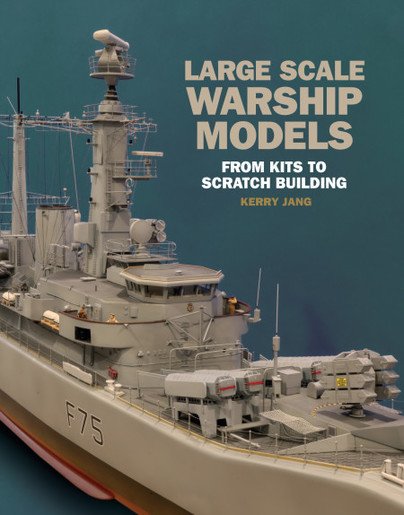Search the Community
Showing results for tags 'book review'.
-
Reading through various threads on MSW, I see where people refer to the book The Lore of Ships. I thought it might be appropriate to provide information about the book. I use the book a bit and spend a lot of time just looking at the pages in hopes of learning something. (Sometimes I do learn or understand better.) The book does provide a lot of information that’s general in nature but gets specific within the images on the pages. I know that sounds contradictory. However, the book covers a wide range of subjects (therefore, a general reference) using illustrations with a lot of details. This review covers the 1972 edition published by Crescent Books (New York). The original publication date was 1963 by Tre Tryckare (Stockholm Sweden), a publishing company. Minor issue, but there is no author/person I can find by that name. The book is a collaboration of many people using multiple sources. (As a side bar: The book was edited by Sam Svensson and republished in 1998 by Barnes and Noble. Svensson wrote the book’s Introduction section and the commentary to the Spars and Rigging section.) All editions are hard cover. The 1972 edition is 11 X 12 inches (and I imagine the others the same size) with 279 pages. The book contains over 1500 illustrations and (by my estimate) over 2500 index entries. You can find copies on the used book sites such as Thrift Books and Good Reads as well as Amazon. Prices vary based on store and condition of the book. The price range I found runs from $8 to $40 US. The 11 sections of the book cover: Introduction; Hull; Spars and Riggings; The Sail; Propulsion; Fishing; Yachting; Gunnery; Navigation; Ship-Handling and Index. Each section starts with an introduction on the subject. Then, as listed on the contents page, more detailed illustrations follow within each section. Each section has drawings and illustrations, no photos. The crisp, clean, drawings have well identified callouts and labels. Their presentation gives an authoritative look and feel to the individual illustrations. While you will find some details in the identifying text, the book does not have a tremendous amount of written information. Additionally, while the list of sources contains a lot of named material, the book does not tie specific information to the details in the drawings. For example: National Geographic shows as a reference, but no specific edition or articles are cited. I’d suggest additional cross reference material be used depending on your research purpose. If the item you research has some connection to ships and things nautical, you will likely find it here. Wooden sailing ships to steel hulled ships; sails to steam engines; compass roses to sextants; cannon balls to rockets; they are all here. Even objects like signal flags, clothing, navigation and food objects show up in the book. This book does not provide details on any specific ship or boat. In a few instances, the name or type of a ship and maybe an era are identified. However, this book allows you look at minute details of general use and interest. You can glean a lot of information from studying the illustrations. I use this book as my ‘go to’ to look for an object. After finding the object or item, you can easily see similar, related items. For example, you look up ‘Tackles and blocks.’ On the same page (p. 123) you can see the relative increase in power from a single whip to a three by four tackle. So, again, general information on various blocks but, in this case, no specifics on when or where a block might be used. That vast number of illustrations has its drawbacks. I find that as I look for some specific item, I get drawn down a rabbit’s warren. I can easily spend time just turning pages and looking at other objects and illustrations. However, the excursion provides an enjoyable journey and may show you some things you did not know. I think this book serves as a good general resource and starting point for researching details on what an object looks like. It is a matter of a picture being worth 1000 words. You will probably find that looking for a term or object in the Index faster than trying to find something looking through the Contents. Here’s some samples of the drawings and illustrations; Contents. Just a portion to show details. As you can see, the contents lists the subjects, but not in the more traditional method of a table of contents. Hence, the index may help you find an item faster. Typical sail and rigging drawing. You can see the detail listing of the callouts. View of boilers. Shows that the book goes beyond just ships with sails. As before, detailed callout list for the page. Blocks and tackles. Since I mentioned this page specifically (p123) it seems worth showing. The ‘curvy’ view at the top is due to my not wanting to lay the page too flat for photography. The layout is a straight, horizontal line of drawings. I hope you found this review useful. Please feel free to comment and share your views.
- 4 replies
-
- Review
- Book Review
-
(and 2 more)
Tagged with:
-
Fitting and Rigging a 74-gun Model Ship Francis Jonet ANCRE (www.ancre.fr) – December,2020 118 pages-color photos-diagrams This is an updated reprint of the original book’s first printing and is available in French, English, Spanish, and Italian. Overview: While not part of the seminal books by Boudroit of the 74 Gun Ship series, it is an add-on that complements the series. This book provides references and how-to instructions. Numerous images (both color photos, drawings, and tables) illustrate the items and the techniques using a minimum number of tools. Everything included relates to construction of the 74-gun ship from late 18th to the early 19th centuries. Do note that the first chapter is dedicated to finishing the upper works and fittings as well as what’s required to add the rigging. Contents by Chapter and sub-headings: Chapter I – Fittings and more, Tools, Laminates, The sandpaper file, Working on the stern and stem, Making gratings, Upper deck and Poop deck breastwork, The breast rail stanchions and belaying pins, Ladders, Shroud chains, Anchors, The guns, The figurehead, The stern lantern Chapter II - The Masts – Making the spars, Lower mast and lower yard hoops, The yardarms, Building the tops, Topgallant trestletrees and crosstrees. Chapter III – Blocks – Preparing slats, Making the shells, Finishing the blocks Chapter IV - Rope Work – The workspace, Theory, In practice, Serving, Particular cases for small cables Chapter V – Finishing the Ropework – Eyes and mouse (stays), Shroud masthead rigging, Rope bights, The shrouds, Wall knots, Ratlings, Hammock nettings, To clap on blocks to the yards, Small block straps, The thimbles or rings, Hooked return blocks, The anchor buoys Chapter VI – Making the Sails – The cloths, Tabling, Linings and patches, Eyelets, Bolt ropes, Foot ropes, Head ropes, Bolt ropes cringles, Reef point, Gaskets, Grommets, The bent sails Chapter Vii – Installation of the Sails – Leading and belaying the ropes, Jibs, Staysails, Lower sails, Topsails and mizzen topsail, Topgallant sails and mizzen top gallant, Driver, Jib sheets and Installation of anchors, Finishing the Installation of square sails, Staysails sheets, Inspection of the work done Chapter VIII – The Ship’s Boat – Construction method, The forms, Framing, Keel, Stem, and Sternpost, Sterns, Planking, Form removal, Stern sheets, Floor timber and inner planking, Thwarts, Stem and stern inner areas, Rudders, Finishing details Chapter IX – Technical Data – Making the ropes, Shrouds, back-stays, stays, Preventer stays, bowsprit mast, Catharpins, range cleats, belaying cleats, Blocks, sheet blocks, staysail stays, bolt ropes, foot ropes, etc. Fall tackles, yard tackles, Sail tackles, anchor ropes and cables, Yard rigging, Lower sail clusters, blocks for the stays Chapter X – Block Distribution – Rigging parts for the masts and for the operation of the yards, Rigging parts for the operation of the sails, Rigging parts for the operation of guns. Chapter X – Return Tacks – Forecastle, Quarterdeck, Poop deck. Technical Data – Tables for all of the rigging, blocks, and tackle sizes, Review: This is basically a journey, in which shows not just the author’s successes but also his failures, both of which are useful. Every chapter details the jigs he used along with the methods, along with photos of this process which, was eye-opening to me and would be useful (with modification) of any ship of the period. While there are minimal plans (you will need the monograph for the model you’re building), the appendix has much to offer in the way of tables which not only surprised me but somewhat overwhelmed me by the amount of data there. The book is well-written with the photos being annotated to explain what is being done. Everything is broken down into bite-sized chunks and processes used explained. Though I have no intention of building a 74, as my preference is frigates, the same techniques and tools will be very useful and save me a lot of “re-do’s” and figuring out how to do it. Would I recommend this book? Yes, very much so as it will help any builder come terms with the complicated rigging. I’ve decided that this is one the books to keep at all times near my workbench instead of in the library. I really can’t recommend this enough.
-
A wonderful book on the subject : The barges of lake Leman (lake Geneva). Book published in French at Slatkine Editions, Geneva, 1998 ISBN number of the French edition : 2-05-101622-4 This is a new revisited edition from a book published under the same title in 1976 www.slatkine.com Author of texts : Gérard Cornaz Book cover : 'Fenalec' barge bringing its jib 207 pages Ten plan sheets (Scale 1:50) Format : 23 cm x 30 cm Price: 76.-- CHF The 10 sheet plans are inserted at the beginning and at the end of the book : The book is richly illustrated with drawings, diagrams and black-white photos Some extracts from the plans describing 3 different models of barges : 'La Victoire', 'La Neptune' and 'Le Bourgogne' Unfortunately only in French but as the book really contains many drawings and photos (there are almost on each page), this book is really a must. He is considered the reference on the subject.
-
The Master Shipwright’s Secrets, by Richard Endsor. This new book from well-respected author Richard Endsor sets out the latest fruition of his ever-deeper researches into Restoration era warships. The book is large format, approx 260 x 310mm, and has 304 pages. It is lavishly illustrated throughout: there are many colour depictions of a variety of vessels and scenes from the author’s own hand, as well as a plentiful quantity of folding plates of plans and draughts, at a scale of 1:72 The great majority of these are in colour also, and are again by the author. In addition to these there are a variety of prints by the elder Van de Velde, again in colour; good colour illustrations from other sources; and a decent quantity black and white line line drawings where necessary to explain points discussed in the text. The folding plates and accompanying draughts are all based on the author’s reconstructions, using contemporary sources, of several vessels built during the closing years of the Charles II’s reign. These are as follows: 1: The Mordaunt, a 40 gun fourth rate, of which there is a detailed contemporary model in the NMM, a survey of which forms the basis of the reconstruction, along with a contemporary survey of her made at the time of her purchase from Lord Mordaunt, who had had her built as a privateer. 2: The St Albans, a 50 gun fourth rate, of which there is a contemporary model in Trinity House, which was carefully surveyed in the early 20th century. The resultant drawings and the model are used as the basis for the reconstruction given here. 3: The Tyger, a 46 gun fourth rate. The reconstruction here is based on those of the other vessels, and a variety of contemporary documents. The most important of these is a carefully calculated series of mathematically derived offsets, written down by Jonas Shish, the Master Shipwright at Deptford Yard, who designed and oversaw the building of this ship. Although the offsets do not quite match the overall dimensions of the Tyger, and were compiled a couple of years before she was built, they are for a very similar vessel. This list of offsets and associated dimensions is the ‘Secret’ of the title, and appears to be a unique survival from the period (no other such list is known anywhere) Any of the reconstructions of the various ships listed above have sufficient information to enable a reliable model to be built. As mentioned in a post I made a short while back, the importance of the table of offsets as a factor in ship design is a major discovery. It proves that the design of ships at this period was based on sound mathematical principles, some of which are complex and not easy to grasp. The book sets out in a clear fashion the basic lines which determine a ship's design, and the variety of methods used to draw these. There are four in total: the rising line of the centres of floor sweeps; the narrowing line of the centres of floor sweeps; the rising line of the centres of breadth sweeps; and the narrowing line of the centres of breadth sweeps. By combining these four curves with the station lines, the centres from which all the main curves of the body plan are struck can be located in three dimensions. None of the methods of drawing these four curves is simple, all needing some considerable skill to master; one relies on the use of factors, which is something beyond the understanding of many people. Nor are the curves necessarily of a constant radius, as this can be varied as they progress along the hull. I believe it is safe to say that the chapter dealing with these offsets, and the techniques for drawing the four basic lines, will bring a welcome addition to the knowledge of every reader. The book opens with chapters describing the typical features of the ships of the time, and has comprehensive coverage of what would be found on board, as well as a well-informed narrative of the environment in which they had to operate, and the factors which influenced their design and building. The Tyger is the main subject of the book, which was built for service in the Mediterranean, in response to the threat from Barbary Pirates there. Their depredations amongst merchant shipping and the fate of the crews as slaves or prisoners was a constant concern in the 17th century. They also made raids on England’s South coast. The frequent lack of winds in the Mediterranean meant that ships with the ability to row were needed. Earlier efforts by Charles' Naval administration had built vessels with many oars, but not heavily-armed. This had been shown to be a weakness, and the new design of the Tyger was for a ship which could be easily rowed, but which also carried a decent broadside armament. The old Tyger, a ship built in the Commonwealth era, was taken apart for repair in the 1670s, at Deptford Dockyard, and became no more than a few timbers stacked in a corner. However, she was maintained as an active vessel on the Navy list, so that a number of wounded seamen could receive salaries as her standing warrant officers. This was one of the King's ways of supporting deserving men who were no longer able to be active sailors. Charles II’s part in the design of his ships is made clear, and it was extensive. He was a very knowledgeable king, who loved ships and the sea, and understood a great deal about their design. He devoted large amounts of his time to the creation of the Navy, and would discuss aspects of design and seamanship with many people, including those from ordinary walks of life. He was also a faithful patron of Jonas Shish, and stood by him when any problems with Shish’s superiors needed to be settled. Well aware of the need to build a ship to deal with the corsairs, but short of funds, and knowing that Parliament would not easily vote for further money for another new ship, Charles hit on the idea that the Tyger, although not really existing in any physical form, could be ‘repaired’ using funds from the existing repair budget. Working closely with Jonas Shish, a new ship was designed and put into construction at Deptford. One consequence of the secretive building was that the resulting vessel’s considerably larger size was not drawn to the attention of the Navy Board until after they had allocated to her a set of guns based on the old vessel’s size. The remainder of the book contains a thorough description of the new Tyger, and shows much detail of her internal fittings and machinery. A detailed, colour set of rigging plans, sail plans, and mast and yard dimensions is also given. The belaying points are not given, but as there is no contemporary source for this, this is understandable, and such information can be gleaned from modern works and contemporary models if needed. Her armament is discussed in considerable length, and again is well-illustrated in colour. Gun carriage reconstructions are given, based on a surviving example on a tower at Windsor Castle, of all places; and a carriage recovered from the wreck of the London, which exploded and sank near Southend in 1665 (her wreck, a valuable source of artefacts and knowledge is being rapidly eroded and a campaign is under way to try and recover as much as possible, or even to raise the remains; see www.nauticalarchaeologysociety.org/Appeal/save-the-london ) Looked at from any point of view, this book is a deeply useful resource for modellers, historians and archaeologists alike. The many reconstructions offer a great depth of information, and the analysis of contemporary sources is thorough and well-explained. There are a number of 17th century ship-building contracts as an appendix, and a well-illustrated glossary. The book is priced at £65, and is published by Osprey books. It is available from all the usual sources. I highly recommend this as an addition to the library of any serious modeller. All the best, Mark P
-
From Hunter to Hunted: The U-Boat War in the Atlantic 1939-43 Bernard Edwards Barnsley, UK: Pen & Sword Maritime, 2020 16 x 24 cm format, hardback, 200 pages 16 B&W illustrations, bibliography, index MSRP £19.99 ISBN: 978 1 52676 359 4 "It had been a busy morning in the Dolius' engine room, with a squad of Chinese day workers carrying out essential maintenance under the critical eye of Second Engineer Bob Hutchinson. At precisely 1030, following the time-honoured practice in British merchant ships, the day workers had downed tools and trooped up on deck for their morning mug of tea and a cigarette. Left below were only the men of the watch, Fourth Engineer Samuel Parr, Junior Engineer Donald McGillivray and Greaser Lau Hing. All three died when Oskar Staudinger's torpedo slammed into the ship's side and the sea came cascading into the engine room." - From Hunter to Hunted, p. 161 That little snippet from Bernard Edwards' latest, Hunter to Hunted, should give you an idea of the kind of taut writing that fills its 188-page narrative. Contrary to the impression you might get from the title, the book is not a detailed examination of all things War in the Atlantic over the first four years of the war. Instead, the book is divided into two parts. Book I is really a series of vignettes; and each can be read as a stand-alone story. Each chapter focuses on a particular ship or convoy from the war's early years. Edwards is an excellent story-teller, and we are given a good look at the backstories of the characters on both sides of the conflict, both ships and men. Through these select few snapshots of the U-boat war, the reader is given a taste of what the fight was like. It was perilous work for both the merchantmen and the U-boats that stalked them. Book II is also a stand-alone narrative, focused on one particular running convoy battle -- that of ONS-5, a slow, west-bound convoy headed for Halifax, Nova Scotia. Fought in late April and early May of 1943, the Battle of Convoy ONS-5 kicked off what came to be known as "Black May" in the Kriegsmarine. As such, the events surrounding ONS-5 are considered by some historians to mark the decisive turning point in the War of the Atlantic. ONS-5 was not a huge convoy, only 42 ships and seven escorts, but the skillful and determined defense by the British and Canadian escorts, well-versed in the use of ASDIC, Huff-Duff, and radar, exacted a fearsome toll in exchange for thirteen ships sunk: of the over 40 U-boats that were vectored to intercept ONS-5, six were sunk and seven damaged -- a loss rate that the DKM could not sustain. Edwards chronicles the agonizing passage of ONS-5 from its assembly until it reaches land-based air cover on the other side of the Atlantic, and the story is a fascinating one. Basing his account on reports and descriptions from both sides of the conflict, Edwards weaves in plot strands representing all the major players, i.e. the merchantmen, the escorts, and the U-boats. Everybody gets their share of ink, but the central figures are undoubtedly the merchantmen and their crews. Edwards paints a very moving picture of their professionalism, steady courage in the face of lurking and unseen danger, and even their occasional (and not always fruitless) efforts to strike back at their tormentors. Edwards' writing style is engaging and easy to read; his descriptions cause the reader to genuinely care about the fates of the players, and this in turn makes From Hunter to Hunted a book that the reader consistently wants to read just a little more of to see where the story is headed. In other words, it's a page turner -- and one that I think any naval history fan would enjoy. Recommended! Thanks go to Pen & Sword for providing this copy for review. To purchase or for more details, click here. CDC
-
Ten Years and Twenty Days The Memoirs of Karl Döenitz Frontline Books, London - 2019 Price – 520 pages – Non-Fiction Order: https://www.pen-and-sword.co.uk/ Brief overview This is a reprint of the Admiral’s Memoirs from WWI through the end of WWII and a bit beyond. Admiral Döenitz was involved in U-boats from WWI and progressed to being the overall commander. After Hitler’s death, he became his successor, dealt with the surrender of Germany and spent time in prison afterwards so there’s nothing about his childhood or early years. Even Wikipedia only touches lightly on this. CONTENTS : Prolog The New Task Wolf-Pack Tactics U-Boat Building Policy 1935-39 The Decisive Months of 1939 The U-boat War Begins: September 1930-March 1940 The Norwegian Operation and the Torpedo Crisis The Battle of the Atlantic: July-October 1940 Organization of U-boat Arm and of U-boat Construction The Battle of the Atlantic: November 1940-December 1941 America’s War Against Us Before December 11, 1941 Operations in American Waters: January-July 1942 Convoy Battles and Distant Operations: July-September 1942 The Laconia Improvements in U-boat Equipment and Armament More Convoy Battles and Operations in Distant Waters: October-December 1942 Commander-in-Chief of the Navy Collapse of the U-boat War: January-May 1943 My Tasks as Commander-in-Chief 1943-1945 July 20, 1944 The U-boat War from May, 1943 to the End Head of the Government Epilog Appendix 1: U-boat of the German Navy Appendix 2: Defence of Merchant Shipping Handbook 1938 Appendix 3: Causes of Torpedo Failures Appendix 4: The Second World War Appendix 5: U-boat Building Programs Appendix 6: Figures Concerning the German U-boat War1939-1945 Afterword Index REVIEW My first impression was that this is a large and complex body of work given the page count and the small type. It is, but don’t let that stop you. It’s written from his memories, papers, and most importantly, his point of view as a dedicated military man, Hitler supporter, and unrepentant Nazi. I had to do a bit of soul-searching on these last points as are there limits to what a military person should do when it comes to following orders. There were some questions of his actions and his post-war sentence was based on basically "being in charge". I’ll let other readers decide. The book is well-written but a bit dry in that it’s more of “I did this”, “here was the problem and how I solved it” type of book. While it doesn’t really touch on him as a person, it is very in depth on his decisions, thought processes, loyalties, and actions both strategic and in his daily interactions with his men and the leaders of Germany. And I think those points make this worth reading if for no other reason than have insight as to what motivates leaders, civil and military. I will say that this book isn’t for everyone as it is not entertaining, but factual and pretty deep into his mentality. He seems to have written this book to justify his actions and to justify that he wasn’t a “bad” Nazi who didn’t deserve his prison term. Spoiler alert: The “Ten Years and Twenty Day” refers to his time in prison after the war, not his time in command.
-
Town Class Cruisers: Design, Development & Performance Conrad Waters Barnsley, UK: Seaforth Publishing, 2019 25 x 29.5 cm format, hardback, 320 pages 363 B&W and color illustrations, appendices, bibliography, index MSRP £40.00 ISBN: 978 1 1885 3 In my previous book review, I observed that the title undergoing scrutiny at that time had a lot of illustrations, but it didn't have very many visual elements -- the two things are not synonymous. This book, British Town Class Cruisers, has a variety of visual elements -- and in spades. But before getting into that, let's take a quick look at the table of contents. The nine chapters cover: 1. Class Origins 2. The Design Process 3. From Construction to Delivery 4. Design Description 5. Wartime Improvements 6. Wartime Operations & Performance 7. Post-War Requirements & Repair 8. Post-War Operations & Disposal 9. Evaluation Now let's get some of the basics out of the way. This is a book about WWII cruisers, so all of us ship nuts naturally want to know some essential tid-bits of information, such as what did the ships look like? what were their performance specs? and what kinds of armament did they carry? Trust me, Conrad Waters does an absolutely top-notch job of giving the reader all of those particulars in exquisite detail. Where this book excels, though, is in the details you might not expect. For example, the Town-class were built under the restrictions of the London Naval Treaty of 1930, which restricted the total tonnage of light cruisers the British could build. That and the particular need of Britain to protect a far-flung trade empire had a profound influence on British naval designs of the 1930s. Waters does an exemplary job, in a very readable fashion, of how these considerations were reflected in the eventual design and construction of the class's members. Here's another example of a something extra you'll find in this volume. We arm-chair historians of course want to know what the ships we're reading about did during the war, and Waters does indeed provide that information, including details of the class's service in Korea and well into the Cold War. But one nice and unexpected perk is the detailed descriptions (including diagrams) of every bomb and torpedo hit suffered by the class, based on historical damage and after-action reports. These provide interesting details on the survivability of the class, as well as an examination of improvements made to both construction and damage control methods as a result of lessons learned in combat. In a similar vein, Waters also describes developments within the class such as the evolution of AA armaments, even at the expense of main guns, brought about by the need to defend against faster, more modern aircraft. We're also treated to discussions of improving radar capabilities and how that played into various combat successes at sea. Okay, let's get down to the good stuff -- the eye candy. This book is a visual treat. There are plenty of diagrams, tables, and cut-away drawings. There are several hundred very crisp B&W photos, including some that are single- and even double-page spreads. There's even a few color photos. There are also seven color plates that feature 14 paint and camouflage schemes. The best of all of these though is two pull-out pages featuring three color plates of original design drawings. These include rigging diagrams for both the Southampton- and Belfast-subclasses and a longitudinal profile of Southampton. Even if you're considering the book only as a visual reference, you won't be disappointed. British Town Class Cruisers wraps up with three nice appendices that are well-worth reading in themselves. Appendix I covers camouflage & appearance, Appendix II is a treatment of the class's Supermarine Walrus scout planes, and Appendix III lists the class's battle honors. This is, in all respects, an exceptionally written and illustrated volume. It has enough detail to appeal to hard-core fans of WWII naval vessels, but is also written in a style that will keep casual fans engaged. It is well-worth the asking price in this reviewer's opinion and a great addition to anyone's nautical library. Thanks are due to Seaforth Publishing for providing a review copy. You can click here to purchase British Town Class Cruisers directly from Seaforth. CDC
-
The Life and Letter of Emma Hamilton Hugh Tours Frontline Books 2020 Hardback: $30.95 £20.00 – 286 pages – Non-Fiction Order: https://www.pen-and-sword.co.uk/The-Life-and-Letters-of-Emma-Hamilton-Hardback/p/17132 and also various book sellers This is not a 'new' book but a reprint of a book first published in 1963. It is a useful republish though as copies of the original are rare and the scholarship is excellent. The author minimises interpretation and instead includes a wide range of the extant letters in their entirety as opposed to the (unfortunately common perhaps) alternative of selectively quoting - often in an attempt to demonise or glorify. Therefore you get a good sense of the woman her life and the people in her life. He often provides rolling conversations and many letters from other people who had encountered Emma this giving some interesting counterpoints to some of the more established narratives. Naturally Nelson features heavily near to the end more so because she did not destroy his letters whereas he assiduously did so to hers and he does not come across particularly well. Firstly the dalliance in Naples for less than decent military reasons then the 'I know you have unimpeachable honour' is opposed by the thought of Nelson having a child with the same woman whilst married to another and the fact he often rages at the thought of other men approaching Emma and her succumbing (whereas naturally if she had had that honour then there would have been nothing to worry about?). Different times now of course and people would not even blink at such an event but the reactions exposed give good insights into the state of mind and sometimes the lies we tell ourselves. The book provides a lot of information and gives a good example of who Emma was, how she (Eventually) excelled in the world, caught a succession of admirers before Nelson and then saw her life collapse into ruins after his death. For anyone interested in Nelson, Emma or general Georgian society it is recommended.
-
A wonderful book on many modelling techniques. Book published in German at VGB Verlagsgruppe Bahn GmbH under the title 'Marcel Ackle, Ein Natur-Talent', 2018. ISBN number of the German edition : 978-3-8375-1963-1 French edition (2019) proposed by LR PRESSE, www.lrpresse.com contact@lrpresse.com Author of text, photos and models : Marcel Ackle Book cover : Marcel Ackle ISBN number of the French edition : 978-2-37536-030-9 208 pages Format : 25 cm x 30 cm Contents : Some extracts Not directly a book on ship model making but a real 'gold mine' on painting techniques and many build tips. Unfortunately only in French or German but a lot of step by step photos. The address of Marcel Ackle's blog : http://www.feldbahn-modellbau.ch/ Thanks to Wefack for letting me discover the wonderful work of this talented model maker.
-
The Trafalgar Chronicles # 4 Peter Hore -Editor Seaforth Publishing, 2019 Softbound: $20.00 – 239 pages – Non-Fiction Order: https://www.pen-and-sword.co.uk/ and also various book sellers This is the fourth in series of The Trafalgar Chronicles from the The 1805 Club and is themed on the people of Nelson’s time, his friends and his contemporaries, the battles they fought, as well as the technical and scientific changes taking place at the time. The 24 chapters are well referenced with footnotes supporting each chapter. This volume also contains 7 pages of color plates. Through out maps, drawings, and artwork along with a few plans where warranted. CONTENTS : President’s Foreword – Admiral Sir Jonathon Band Editor’s Foreword – Peter Hore The Decaturs, the Lehmans, and the Privateers – John Lehman The Summer Before Trafalgar: The Journal of Benjamin Sillman – Susan K. Smith Nelson was an Irishman – Das Grant Sin Bo’suns in Nelson’s Ships – Lynda Sebbage The Role of Women in London’s Sailortown in the 18th Century – Kenneth Cozens & Derek Morris North America’s Seafaring Cities – Harold E. “Pete” Stark Loyalist Mariners during the American Revolution – Tom Allen Admiral George Augustus Westphal – Tom S. Iampietro Admiral Philip Wetphal – T. Jeremy Waters Admiral of the Fleet Sir Provo William Perry Wallis – Jeremy B. Utt Lieutenant Richard Bulkeley – Jack R. Satterfield Admiral Sir Manley Dixon, KCB – Andy Zellers Frederick Rear-Admiral Thomas Tudor Tucker – Andrew a Zellers Frederick Captain William Gordon Rutherfor, CB – Anna Kiefer Rear-Admiral John Peyton: A Personal and Professional Re-Appraisal – Barry Jolly The Beach of the English Dead: Remembering Captain Conway Shipley – Rui Ribolhos Filipe Russian on the Tagus – Mark West Bringing Up Franklin’s Baby: A Short Account of the Advent of the Balloon and It’s Adaption to Naval Warfar – Anthony Cross The Carronade: A Revolution in Naval Warfare – Anthony Bruce The Battle of St. George’s Cay, 10 September 1798 – Michael Harris Captain John Perkins – Douglas Hamilton Contributor’s Biographies Color Plates Notes REVIEW When I first received this book and then read the two forewords, I was worried it was going to be a bit stuffy, perhaps pompous even. Not so. Overall, I found the book fascinating and, for the most part, very readable. The articles give a powerful insight into some well-known persons and some not so well known as well as several battles and other events that may not be well known to many readers. There is so much in this book that I am putting it on my bookshelf with my other books to re-read it again.
-
Fighting the Great War at Sea: Strategy, Tactics and Technology Norman Friedman Barnsley, UK: Seaforth Publishing, 2019 24.5 x 29 cm format, paperback, 416 pages 300 B&W illustrations, end notes, sources, index MSRP £25.00 ISBN: 978 1 5267 6549 9 Fighting the Great War at Sea (FTGWAS) is not the sort of book that will appeal to all readers. I’ll get to the reasons why in a moment, but first let’s take a quick look at what’s between the covers. The book is 352 pages of text divided into an introduction and sixteen chapters. The chapters are: 1. A Maritime War 2. Resources 3. Blockade, Trade War and Economic Attack 4. Expectations versus Reality 5. The Fleets 6. The Chessboard—Naval Geography 7. Fleets in Battle 8. Capital Ships 9. Inshore Operations and an Inshore Fleet 10. The Battle of the Narrow Seas 11. Submarines 12. Protecting Trade: The U-Boat War 13. Anti-Submarine Warfare: Tactics and Technology 14. The Anti-Submarine Armada 15. Mine Warfare 16. Lessons for the Future The text is copiously illustrated with black-and-white photographs. Following the main text are a whopping forty-two pages of notes, three pages of sources, and a four-page index. Okay, now let’s get down to brass tacks—what is the armchair historian getting for his money? The first thing that any potential buyer may want to take notice of is the table of contents. If you go back and look at it again carefully, something should become apparent to you, namely that FTGWAS is not a chronological narrative of events at sea. Rather, it is a topical treatment of the war. I didn’t figure this out for myself until I was well into Chapter 7. I had presumed—wrongly as it turned out—that Chapters 1–6 were introductory material. The truth hit me when the first fleet action described in Chapter 7 turned out to be the Yarmouth Raid of 3 November 1914. Immediately I wondered why the text had skipped over the Battle of Heligoland Bight, which took place in August of that year. Out of curiosity, I flipped to the index and looked up every mention of the latter battle. None of the six indexed references was an actual description of the battle. The realization that I was not going to get a chronological treatment of events after all was, for me, rather deflating. It turns out that FTGWAS is not really a history so much as an analysis, and a very thorough analysis, as is evidenced by the lengthy notes section. When read as such, the reader will find that the author has done a very respectable job of breaking down strategy, tactics, weapons development, and the like—all of the things listed in the table of contents. With this in mind, the reader is more or less freed to pick and choose which chapters to read and which to skip, since the material in each chapter can be considered as a stand-alone topic. But here is something else the casual reader should be advised of: the words “thorough analysis” should give a hint as to the length of the book. It is indeed a very, very long book. This isn’t evident at first glance; after all, 352 pages is not an unusually large number for a history book. However, the text is printed in small type and laid out in two columns, which means that the 352 pages of text are more like 1300 pages of reading. It can be a slog. And did I mention that the book is also large and heavy? Something else about FTGWAS didn’t strike me with full force until I was about half-way through the book, namely that although the book is lavishly illustrated, it does not have a lot of visual elements. By this I mean that there is a complete absence of infographics and ancillary content. There are no maps, graphs, tables, cut-aways, diagrams, color plates, lists of technical data, biographical notes, or any of the other various elements that can make a book visually engaging for the casual reader (I write textbooks for secondary students for a living—can you tell?). That can make the text even more of a slog than just the sheer volume of words alone. As you can probably tell, FTGWAS did not have a great deal of appeal for me personally, but by saying that I do not mean any disparagement. The author definitely knows his subject inside and out, as is demonstrated, as just one example, by his detailed knowledge of the various war plans, fleet exercises, and ship building programs of all the major combatants during the pre-war years. For this reason, FTGWAS can definitely be recommended to anyone who is a serious scholar of the naval side of the Great War. The numerous photos alone will get the rest of us to flip through all the pages at least once—and possibly to even read a few. CDC
-
Catastrophe at Spithead Hilary L Rubinstein Seaforth Publishing, 2020 Hardback(£25, $37) 288 pages Order: https://www.pen-and-sword.co.uk/Catastrophe-at-Spithead-Hardback/p/17111 General Description This book is a very detailed investigation into the tragedy of the Royal George's sudden sinking on 29th August 1782. It broadly does this by using four primary sections. The first covers the personal history of some of the major players and primarily Rear Admiral Kempenfelt with Captain Waghorn. Secondly it runs through the events of the 29th August and surrounding days in some detail. Thirdly it moves to the resulting Court Martial before finishing with the efforts used to raise the ship and a brief 'what happened to them after'. I was quite impressed. The author has an excellent control of many varied resources and uses them efficiently and, as far as I can tell, in an unbiased fashion. She deftly avoids deciding on one interpretation of events and sometimes even cautions against the validity of evidence before she presents it (thus recognising that dead men gild no lilies and that peoples recollections can change quite drastically with hindsight especially when livelihood and reputation can be involved). In one impressive section she lists what one of the Seaman had reported to the Court Martial in some potentially damning testimony but also notes several other examples where other similar language had been used but had been laughed at by a ships occupants and as the ship in question had not sunk had proved true. This rather deftly avoids leading the reader down a potentially invalid path but at the same time provides useful information to help the reader make their own mind up. I enjoyed the entire book. The first section was good as it provided information that is not widely known - as an example most readers here will know Nelson's history prior to becoming a Captain but a minor Rear-Admiral and equally unknown Officers ?(excepting Phillip Durham). This helps broaden knowledge of the navy though I would have liked more time to be spent here. When she moves to the disaster itself the book picks up nicely and stays at a highly interesting pace for the remainder of the book. I would therefore highly recommend the book to anyone with an interest in the British Navy of around the Revolutionary wars. It will also interest those who want to know more about the day to day running of the navy (even to how they careened ships out of dock!) and the interrelations between ships officers/ warrant officers and crew. A quick purchasing note. The pen and sword link above currently has the book discounted at £20 though the RRP and UK amazon price is currently £25. Pen and Sword USA does not show the book yet but it can be purchased from U.S amazon at the price listed above (currently..). Finally if anyone wants a precis of what the reason for the disaster is then the book does not give a definitive answer. I have made my own assumptions (which may not match the authors) so am happy to discuss in this thread lower down so people who want to make their own mind up can avoid.
-
Seaforth World Naval Review 2020 Edited by Conrad Waters Barnsley, UK: Seaforth, 2019 26.0 x 24.6 cm format, paperback, 192 pages 200 B&W and color illustrations MSRP £24.00 ISBN: 978 1 5267 6062 3 Section 1: Overview Section 2: World Fleet Reviews Section 3: Significant Ships Section 4: Technological Reviews The title of Seaforth Publishing's World Navy Review 2020 is only very slightly misleading -- it just came off the presses this past November, but because of the inevitable time lag in bringing a book like this to market, it only considers data through June of 2019. Still, that's pretty fresh. As I seem to be finding these days when I review collective works, there are parts of the book that I liked, and other parts that I didn't like quite so much. But before I get into that, let's take a quick look at what you'll find between the covers. Section 1 is a brief summary of the worldwide naval 'big picture', e.g. the political background, partners and alliances, budgets, and a comparison of the fleet strengths of the world's major naval powers. Section 2 includes the fleet reviews, divided into subsections by region: North and South America, Asia and the Pacific, the Indian Ocean and Africa, and Europe and Russia. Not surprisingly, within each subsection, most of the page real estate is devoted to the navies of major combatants. For North America, as an example, the navies of Canada and the USA each get separate treatment; Mexico and everyone else get a combined four paragraphs. The discussion for each navy includes a list of current forces along with details about which vessels are slated for retirement in the near future, vessels currently under construction or working up, projects currently in development, and status reports on budgets and procurement. Three subsections are dedicated to more detailed treatments of developments within the British Royal Navy, the German Deutsche Marine, and Finland's Suomen Merivoimat. Section 3 is dedicated to discussions of particular classes of vessels. The lucky subjects here are India's Kamorta class corvettes, the UK's Tide class fleet tankers, Norway's HNoMS Maud fleet support ship, and the USA's Virginia class attack submarines. Section 4 devotes space to some of the trending developments in naval technology. The three subsections cover naval aviation, submarine technology, and a look at Brazil's progress towards building an indigenous nuclear submarine. Okay, so now I'll get back to the likes and dislikes. Section 1 is basically an intro, so there's not much to like or dislike about it. Sadly, I can't say the same for Section 2, the fleet reviews. That section reads pretty much like a "naval overviews for bean counters" -- with sincere apologies to all of you bean counters out there. Basically, each review does little more than say what's being added to the fleet, what's being retired from the fleet, what's ahead for the fleet, and how much does it all cost. If you're looking for detailed information about the classes of vessels in each fleet, e.g. plans, 3-views, specifications, armaments, and descriptions of combat capabilities, strengths and weaknesses, and how each class stacks up against the competition, you'll be disappointed. There are however plenty of photos, mostly in black and white -- a necessary concession to the fact that a book like this caters to a niche audience and isn't expected to sell a lot of copies. For the casual navy fan, Section 3 is much better, although individual readers may disagree about which subsections they like best. For me, the subsection on the Virginia class boats was the highlight, possibly of the whole book. As the the subsection subtitle suggests, there is enough meat here regarding the "Origins, Design Drivers, and Description" to keep the reader interested. I particularly enjoyed reading about the post-Cold War constraints on the design and the descriptions of the class's rather impressive technological developments. Section 4 also includes some pretty good reading. Much of the subsection on naval aviation is dedicated to the development and deployment of the F-35 B and C naval variants. Most of us are probably aware of the F-35 program's teething troubles, but there is no denying that the plane is expanding the envelope of naval aviation capabilities, as this section makes clear. There is also a good deal of content, both in this section and in Section 2, devoted to Britain's new Queen Elizabeth class carriers, whose air wings will include the F-35B. The subsection on trending submarine technology is also a high point of this section; I found especially interesting the discussion of advancements in electro-optical sensing and how they have effected both submarine design and operation. So if you are interested in a treatise on year-over-year developments in the world's navies, have a look at Seaforth's World Naval Review 2020. You'll probably find something to like, and at an MSRP of only £24.00, it won't do too much damage to your wallet. CDC
-
Thetis Down: The Slow Death of a Submarine Tony Booth Barnsley, UK: Pen and Sword Maritime, 2008 15.4 x 23.3 cm format, paperback, 220 pages 36 B&W illustrations, appendix, bibliography, index MSRP £14.99 ISBN: 978 1 52676 660 1 One aspect of being enthusiastic about history in general and naval history in particular is that there exists a seemingly endless list of people and events of whom one has never previously heard. With apologies to our UK members, the accidental sinking of HMS Thetis in 1939 was for me one such subject. It's difficult to review a book like Thetis Down without giving away too many plot spoilers, but I will try. The essentials of the incident are these: HMS Thetis was a T-Class submarine launched in the spring of 1939. On 1 June she departed Liverpool for her diving trials with 103 souls aboard; 99 of them would not return alive. It remains to this day the worst submarine disaster in Royal Navy history. Interesting side note: Thetis actually sank twice, in the latter instance with all hands -- but I'll leave it to you to read the hows and whys of that for yourselves. Thetis Down is a narrative by parts. Roughly the first 40% of the book chronicles the events of the sinking and the various attempts made to rescue the crew. Those attempts took the better part of two days. Thanks to the fact that Thetis sank in relatively shallow water, four people were able to evacuate her via an escape chamber. Why only four? Of course, you'll need to read the book to find that out. Because those four escaped, and more particularly because of who those four were, we are given a fair amount of information regarding events inside the boat on that fateful day. It's a very moving story, especially because 103 is nearly double the normal complement of a T-Class boat. Why were so many people aboard? Again -- read the book to find out! This much I will divulge -- when the contributing factors of the accident are divulged, it really says something striking about just how technologically and mentally demanding the task of operating a submarine is, and how terribly unforgiving the slightest neglect of any aspect of that operation can be. The rest of the book is about evenly split between an account of salvaging the boat and a description of the various tribunals and legal proceedings that followed. Tony Booth does an excellent job both of researching these events and elucidating them in his book. I only wish that my personal interest in the scope of these latter subjects was equal to his effort in setting them to paper. For me, the high point of the book is naturally the drama of the sinking and attempted rescue. That portion of the book is a real page turner. The salvage I also found fairly interesting because of its particularly macabre nature. The legal wranglings though? Meh -- not so much. That's not Mr. Booth's fault by any means -- it's just that I'm not a fan of courtroom dealings, regardless of how pertinent they might be to the subject. Other folks may find this portion absorbing. It's not hard to see how the sinking of Thetis might not loom large in the memory of those of us on this side of the pond. After all, it was a British boat, and events on the world's stage a mere three months later made the loss of a single submarine pale in significance. Interestingly, though, Thetis played a part in those later events, both in action at sea and in changes to submarine design and operation put into effect as a result of scrutinizing her tragic accident. But I won't divulge too much about those -- if you are a fan of all things "silent service," I can definitely recommend this as a book to add to your library. Lastly, the story of HMS Thetis may not be entirely over -- Booth informs the reader that there still exist to this day sealed records related to the accident. So perhaps at some future date Mr. Booth will need to issue a revised and updated edition of his work. Stay tuned! CDC
-
The Royal Navy in the Napoleonic Age - Senior Service Mark Jessop Pen and Sword Bopoks 2019 180 pages, hardback, U.S $39.95 UK £19.99 Order: https://www.pen-and-sword.co.uk/The-Royal-Navy-in-the-Napoleonic-Age-Hardback/p/16787 This is an unusual book. The best analogy I can make is that it is like Horrible Histories mainly focusing on the British Navy during the Napoleonic period but without the comedy. If follows the relatively new concept of utilising fictional stories to 'enhance' the history but in this case taking up the entire book coupled with large information dumps. So you get an awful lot of ,' "hey up mate hows it going.", I said as I looked at the papers describing the Nile [big description of the Nile], when finished I told him so but he told me he knew a carpenter who knows a thing about oars and said [big info dump on oars]. I looked over the bay and meditated on this until a frigate appeared which reminded me about an article about Nelson [info dump about Nelson] For the entire book. To a certain degree it works and the information covered is rarely repetitive and in some cases struck some unexpected new ground (which is nice in a historical area I know a reasonable amount about) . I should also note that the author is a much better fictional writer than me so his actual examples are not as bad as my pretend example above. Here is an actual example from the book The book is more intended for a lay reader who does not have a lot of historical knowledge and wants bite sized chunks of easily digestible information. Alternately someone who is not a fan of pure history (and pure history can be extremely dry). Therefore I strongly doubt I am the intended audience also as a historian by training I dislike fiction in history intensely. Simply put to me without evidence it has no place in a history. The potential problems get worse because in fiction the person 'thinking' does not have to know the full picture and that is dangerous. It allows people to potentially lie and hide information in an attempt to almost re-write history as they can ignore normal historical evidence restrictions because the fictional character does not have to understand balance, reliability or truth allowing non-historical spins to be be placed on something that might be used as history. Now there is little evidence of that here though the author does spend an inordinate amount of time (in a book about the Royal Navy, two chapters out of nine) describing US Navy victories and how the US was fighting against the press and strangely neglects to mention the Shannon, or of the actions when the Royal Navy fought successfully back (beyond a single paragraph listing some of the ships captured) or even the fact that the US primary war aim was the land conquest of Canada. Now the fictional characters reporting probably would not know (or perhaps would not care but would care about single ship losses which is another example of my main issue with fiction in history). He has read Mahan, Roosevelt and James so is presumably well aware of the various counter arguments. Personally I tend to follow N.A.M Rodgers view of the single ship actions, 'in the case of 18-pounder frigates in action with 24 pounder ships the disparity of force is a sufficient explanation' and perhaps more interestingly ,'Contemporaries, however, and to a surprising degree subsequent historians, have tended to interpret these actions in moral rather than technical terms, as indicators of national virtue or decline, which is to load them with far more significance than they can possibly bear' [p567 and 568 The Command of the Ocean N.A.M.Rodger]. So 'War of 1812' digression aside if you enjoy fiction to as a way of making History more easy to understand then this is an interesting book that covers several areas of that Navy that are not usually covered in a frankly innovative way.
-
The Ship’s Carpenter D.E. Stockman Fire Ship Press, 2019 Softbound ($18.99) and Ebook ($8.99) 226 pages Order: https://stockmanbooks.com/books Background on the book: This is first in a series titled “Tween Sea and Shore”. While it is fiction, it’s based around real ships and real events of the mid-1700’s. The story centers on Abraham, an English shipyard carpenter and his French love Yvette as they struggle to lead a quiet life amidst the wars of their respective countries in the mid-1700’s. Abraham leaves London for France to find work, meets Yvette, and falls in love. He returns to London after unfortunate incidents occur and he is forced into the Navy. From England to France and the colonies, his life and those of other historical characters encounter sea-faring exploits, escapes, victory and defeat as their paths cross. The story, much of which is based on real-life events, ends with the Battle of Quiberon Bay in 1759. A French frigate, la Renommee, connects all the main characters an entwines their lives in it’s wake throughout the telling. Review: Thoughts and comments: I must confess that I have read very little naval fiction in the last 10 years or so while focusing on non-fiction although prior to that, I have read a lot. Having said that, I’m very happy to have read it and feel like I should be reading more again. The Ship’s Carpenter is very well written in a very flowing pace. There’s much to be said as the work is very well researched. I had to refer to Wikipedia and Google a few times to get some definitions of terms and in turn was rewarded by a greater understanding of the period. The weaving of fictional characters and real persons is very well done and more that once I stopped and sorted out who was who. While he takes fictional license with conversations, etc. they are well blended into the historical accuracy of the times. Mr. Stockman has an insight into the times and the lives of those who lived them and blends in fact and fiction very well. So well, at times I had to stop and think… “fact or fiction?”. I picked up some things about shipboard life and battle that other works tend to ignore such as during battle, the ship’s carpenters continuously traversed the hold searching for leaks and holes created by cannon shot and effected repairs as quickly as they were able. It’s these tidbits that were part of the pleasure of reading this book. I look forward to the next two books in the series. To those who enjoy period naval fiction, this ranks well up there.
-
The Last Days of the High Seas Fleet: From Mutiny to Scapa Flow Nicholas Jellicoe Barnsley, UK: Seaforth Books, 2019 16 x 24 cm format, hardback, 351 pages 38 Color and B&W illustrations, bibliography, sources, appendices, end notes, index. MSRP £25.00 ISBN: 978 1 5267 5458 5 Verdict: A great read about a fascinating Great War footnote. Most of us probably know the larger story. Between the launching of HMS Dreadnought in 1906 and the start of World War I, the naval establishments of Britain and Germany had engaged in a high-stakes arms race, each seeking to build the magic number of ever-larger and more powerful warships that would either achieve parity (in the case of Germany) or maintain naval supremacy (in the case of the Royal Navy). Of course, when war finally did break out, the two fleets of battleships met each other in a major engagement only once, and then rather briefly and indecisively. As a consequence, when Germany ultimately surrendered, she still possessed a large and powerful fleet, which dutifully sailed off into internment in Scapa Flow and was later scuttled. But as Paul Harvey used to say, do you know the rest of the story? The rest of that fascinating story is told in beautiful and compelling detail in Nicholas Jellicoe’s The Last Days of the High Seas Fleet (and yes, he is a grandson of that Jellicoe). Jellicoe’s work covers a surprisingly long period of time, beginning with the birth of the German Navy in the late 19th century and continuing right on down to the present day. The book can be roughly divided into three parts: the events leading up to the scuttling of the Hochseeflotte on 21 June 1919, the drama of the scuttling itself, and finally the repercussions that followed. Jellicoe does an exceptional job at melding two fascinating narratives. The first is the broader geopolitical context that lead Germany to first build the High Seas Fleet, then afterwards to wield it as timidly as she did when push finally came to shove, and finally, after the surrender, to entertain the belief that her fleet would eventually be returned to her. Within this larger context, Jellicoe brings to life the various dramatis personae of the story, from the central figure of Rear Admiral Ludwig von Reuter right on down to the local Orkney Islanders who witnessed the astonishing events of 21 June. After chronicling von Reuter’s plans to scuttle the fleet should he catch wind of any allied effort to seize it, the details of the scuttling are presented in great detail, beginning with von Reuter’s decision to execute the plan, to separate descriptions of the actions aboard each capital ship. The human drama of the clashes that ensued between the Germans as they abandoned their ships and their rather confused (with good reason, obviously) captors adds a heart-wrenching footnote to the closing chapters of the Great War. The final chapters cover the aftermath of the events at Scapa Flow, whose effects were far-reaching, particularly the perceived need to head off another naval arms race that led to the Washington Naval Treaty. Von Reuter, held until 1920 by the English, was considered a hero at home, and his sailors were said to have contributed to the sense of pride later felt by the High Seas Fleet’s successor, the Kriegsmarine. The waters of Scapa Flow were littered with the wrecks of dozens of warships, and the fascinating tale of their salvage has its own chapter devoted to it. Ironically, the few ships left unsalvaged -- first feared, then neglected and finally sunk – are now protected by British law. Only recreational divers can now gaze on what remains of the High Seas Fleet. Jellicoe’s fine written account is not the only selling point of this book. The text is accompanied by a great selection of photos and paintings, and the appendices include a wealth of information on the interred fleet. Every year we set aside November 11th to remember the conclusion of the Great War, but The Last Days of the High Seas Fleet reminds us that the war didn’t end on that day for everyone – nor did the drama. Highly recommended! CDC
-
In Action with the Destroyers 1939-1945: The Wartime Memoirs of Commander J A J Dennis DSC RN Edited by Anthony Cumming Barnsley, UK: Pen & Sword Maritime, 2017 16 x 24 cm format, hardback, 208 pages 30 B&W photos, end notes, bibliography, sources. MSRP £19.99 ISBN: 978 1 52671 849 5 Summary: An enjoyable memoir. One could scarcely find a better man than Alec Dennis to write up an overview of life at sea in the Royal Navy during World War II. Dennis‘s memoir In Action with the Destroyers is a refreshingly brisk telling of his time served in destroyers, written in an engaging style and sprinkled with bits of characteristic British humor in the face of adversity. Interwoven with his terse accounts of his ships in action, Dennis gives wonderful insights into the tedium of wartime routines, the hazards of sailing in hazardous weather while under constant threat of danger, and snapshots of time ashore in virtually every far-flung corner of the British Empire. Dennis served in destroyers for the duration of the war, and he experienced a lot of action at sea: Arctic convoys, the evacuations of Greece and Crete, and numerous battles including Cape Matapan, North Cape, the taking of Diego Suarez, and Operation Overlord, just to name a few. He was aboard the G-class destroyer HMS Griffin when war broke out in 1939, and he stayed with her until 1943 – nearly four years. During those four years, Dennis observed first-hand some of the darkest days of the RN, when the service was stretched to its limits against threats from the combined might of the surface and aerial units of Germany and Italy. He was also around, happily, to observe the changing of the tide as Britain improved its tactics, weapons, and ships, gradually wearing down her adversaries. The gradual changeover from continuous defense to unrelenting offense can be seen, for instance, in Dennis’s starkly contrasting descriptions of the harrowing actions around Crete in May 1941 with the anticlimactic response of the Germans to Overlord three years later. In 1943, Dennis transferred to the S-class destroyer HMS Savage. Highlights from this period include the ship’s encounter with DKM Scharnhorst at North Cape, screening the invasion fleet for Overlord, and accepting the surrender of German forces at Kristiansand in Norway, where Dennis had the opportunity to examine some of the newest Type XXI and XXIII U-boats. In June of 1945, Dennis was given command of the Hunt-class destroyer HMS Tetcott. Scheduled to deploy to the Far East, Tetcott was still refitting at Gibraltar when the war ended, bringing Dennis’s naval career to a close as well. As readers, we can be thankful that he both survived the war, when so many did not, and that he subsequently proved to be a gifted writer. His book, coupled with editor Anthony Cumming’s included historical notes, also serves as a good overview of the RN’s actions throughout the conflict. In Action with the Destroyers is highly recommended for anyone with an interest in the history of the RN during WWII. CDC
-
Allied Coastal Forces of World War II, Vol. II: Vosper MTBs and US Elcos By John Lambert and Al Ross Barnsley, UK: Seaforth Publishing, 2019 11.25 x 9.5 inch format, hardback, 256 pages B&W photos, line drawings, bibliography. MSRP £40.00 ISBN: 978 1 5267 4755 6 Summary: Great book! First of all, this book has a really long title, so henceforth we will refer to it as ACF2. Second, the authors of this fine volume should not be strangers to anyone who has been building ship models for any length of time. The late John Lambert was a world-class technical illustrator, and his drawings and plans have been serving as the basis for scratch builds and super-detailing for decades. Al Ross is of course one of the in-house designers for BlueJacket Shipcrafters, and his designs have a well-deserved reputation for historical accuracy. This edition of ACF2 is a reprint of the 1990 original, itself a companion volume to ACF1, which covered Fairmiles and US subchasers. The printing, binding, and dust jacket art are top-notch and what we have come to expect from Seaforth. It is safe to say that if you are a builder of either of the types covered by ACF2, then you will want to have this book as a reference. The keyed drawings are crisp, extremely detailed, and plentiful throughout the book, covering every possible aspect of construction from hull framing to armaments and equipment. The relevant drawings are usually accompanied by photos of the item depicted. Both are interwoven with a rich text that details how the boats were specifically designed with their intended use in mind, including, for example, a discussion of the particular challenges of designing a boat meant to operate at high speeds. Beyond the technical aspects of the boats taken as a whole, additional sections are devoted to camouflage (color line drawings of color schemes are included, labeled with Admiralty and USN official colors), weapons and mounts, machinery, lists of every Vosper and Elco boat built along with its final disposition, and a list of surviving boats. In this 256-page volume, there are literally only 15 pages that don’t have at least one (usually more) drawing, photo, list, or some combination of the three on them. It’s definitely worthy of its coffee-table size footprint and is as interesting to casually flip through as much as it is a veritable trove of information on these sometime overlooked contributors to the allied war effort. If you are a serious modeler or just a fan of naval small craft, you will doubtlessly be pleased to add this work to your collection. CDC
-
THE COLOUR BLUE IN HISTORIC SHIPBUILDING: From Antiquity to Modern Times Joachim Muellerschoen 2019 19 cm x 27 cm format, 200 pages 190 illustrations, mostly color SRP: 76.80 € Okay, raise your hand if, like me, your attention to the matter of which shade of blue to slap on a model is or was heavily influenced by whatever shade you happened to have on hand. Anybody? Well, perhaps I'm not quite as inattentive to detail as I've just suggested, but this book did enlighten me to the fact that there is blue, and then there is historically correct blue. There are several things that you will notice about this nifty little volume when you first lay hold of it. First is that the title runs from bottom-to-top along the spine in the German fashion, which makes sense since the author is German. Happily for all of us English speakers, the English version of The Color Blue in Historic Shipbuilding has been nicely edited by native English-speaker (well, Canadian -- close enough 😉 ) David Antscherl, so it reads very well. Upon flipping the book open to any page, one notices a wealth of illustrations, consisting in the main of various models, paintings, full-size vessels, and artifacts that demonstrate the use of blue down through the ages. If you turn to the back of the book, you'll find eighteen pages of references, which show that Dr. Muellerschoen is no slouch when it comes to doing thorough research, and the depth and breadth of the information he provides is proof of that. And finally, something that is not immediately obvious is that this very nice looking book is self-published and shows the high quality of product that is now possible when choosing this particular publishing option. The title of the book is perhaps a little misleading, but not in a bad way. The discussion is not strictly limited to the use of blue in shipbuilding, but covers a number of related topics as well, beginning first of all with historical context. I found it particularly interesting to learn that some cultures had no word for blue, or else lumped it in with green and/or gray. Today of course we associate blue with royalty, but Dr. Muellerschoen shares some fascinating insight on how very much differently blue was viewed, figuratively, by ancient cultures, citing diverse examples from Egypt to East Asia and points in between. The history of blue is followed by the science of blue, with particular attention given to the sources of various blue pigments. It's very interesting to learn some of the history of these pigments and goes some ways toward explaining why we see particular shades of blue in different time periods and locations. Dr. Muellerschoen also devotes page space to describing how blue was used in applications other than shipbuilding such as architecture and various forms of art. Not surprisingly, as Dr. Muellerschoen points out, blue and other colors were used in ways that might seem rather strange to our western notions of color, shade, and hue. The bulk of the book, as the title suggests, is devoted to an overview of blue in shipbuilding, from ancient times to 'modern', i.e. the early 19th century. This survey covers not only European conventions but those of other cultures as well, including examples from the Mediterranean, the Far East and elsewhere. There is something of interest here for builders of just about every kind of wooden ship construction out there. The photos in this section are a wealth of images of modern and contemporary models, preserved and reconstructed ships, and a good number and variety of contemporary paintings. This book is as much a pleasure to look at as it is to read. When the publication of this book was first announced, there were a few people who wondered aloud just how much could be written about such a seemingly narrow and esoteric subject. Folks needn't have worried -- Dr. Muellerschoen has produced a very engaging and attractive volume that is deserving of a place in any nautical history buff's library. Thanks to Dr. Muellerschoen for providing this copy for review. To purchase, head over to http://www.modellbau-muellerschoen.de/buch-en.htm. CDC
-
BATTLECRUISER REPULSE: DETAILED IN THE ORIGINAL BUILDER'S PLANS John Roberts Seaforth Publishing, 2019 hardback, 25 cm x 29 cm format 160 pages SRP: £30.00 I can't speak for everyone, but I have a tendency (and not a good one) to think of the state of things as they existed more than a generation or so ago as something akin to medieval. After all, in the U.S. of 1916, the Ford Model T was a state-of-the-art automobile, and airplanes were still flimsy contraptions made of wood and cloth -- how primitive! But on the high seas, the capital ships of the various maritime powers had reached a high degree of development and sophistication that other weapons of war had not yet reached. Battlecruiser Repulse is a fascinating glimpse into one such ship. The absolute star of this volume are the color reproductions taken from the original builder's plans for Repulse housed in the NMM. The sweet thing is that all of these plans are available for viewing in this book for only £30.00 -- I can only imagine what this complete set would cost if you ordered copies direct from the NMM. The various views throughout the book are annotated with a wealth of commentary on various aspects of the ship's construction, in addition to more comprehensive sections of text that describe first the overall design, then focus on the particulars of internal layout, armament, fire control, protection, and machinery. Additional sections discuss the various additions, modifications, and refits that occurred during Repulse's nearly 26 years of service. In essence, the book actually covers two sets of plans, since both the as-fitted plans of 1916 and the post-refit plans of 1936 are included. Let's take a look inside. The longitudinal profile is broken down into smaller sections for discussion, and the locations of stations are indicated. Station plans at each indicated section are shown and given additional treatment. Naturally, deck plans are included, and deck details, structures, and furnishings are discussed. This is true not just for the main deck but for every deck on the ship, such as the platform deck and hold As you would expect from builder's plans, these are incredibly detailed drawings and show just how incredibly complex a fighting ship in the Dreadnought-era had become. It's hard to imagine that only just 50 years previous to the launch of Repulse, CSS Virginia had slugged it out with USS Monitor in the first combat between armored steamships. It goes pretty much without saying that anyone interested in super-detailing a model of Repulse will want to get their hands on this book (and as of 21 Jul 2019 it is on sale at Seaforth's website). Not only is there an astonishing wealth of detail in the plan's I've already shown you -- there's also priceless bits for modelers such as a rigging plan, the answer to the eternal question: Where are the attachment points for all these silly guy wires? But I've saved the best for last. The pièce de résistance is a four-page (four!) foldout of the 1936 profile drawing. It is pure eye-candy, and sadly I can't fit the whole thing into one picture, so you'll have to get your own copy (the cover art is taken from the same drawing, so that will give you an idea). On the front side of this foldout is a three-page view of the 1916 as-fitted plan; on the backside is the three-page 1936 rig plan. We all know that the whole battlecruiser concept ultimately proved to be deeply flawed, as was demonstrated by the sinking of Repulse in late 1941, but that's not the focus of this book. What is the focus of this book, and one that it presents well, is that Repulse was a marvel of naval engineering, a science far advanced in comparison to contemporary air or armor designs of 1916. It astonishes me to think that this metal behemoth with her 30 knot speed and 15-inch guns was built at a time when my ancestors were still farming with draft animals (not an exaggeration). But this book is also a fine testament to the skills and abilities of the draftsmen who produced the various drawings. These men could scarcely have imagined that the work they produced in response to the pressing needs of the Great War would still be marveled at over 100 years later. Thankfully, with books like this one, the marveling can be done much more readily and at reduced expense. Further volumes in this series will doubtlessly be eagerly anticipated. CDC Thanks to Seaforth Publishing for providing this copy for review. To purchase directly from the publisher, click the link in the title above.
-
THE ROYAL NAVY 1793-1800: BIRTH OF A SUPERPOWER Mark Jessop Pen and Sword, 2018 16 cm x 24 cm format, 158 pages 17 B&W illustrations, 10 maps SRP £19.99 I'm going to be honest -- I really wanted to like this book. Truly, I did. After all, what's not to like about the Royal Navy at the turn of the 19th century? The Royal Navy of Nelson at the height of his career, epic sea battles, etc., etc. And at times, this book is actually pretty good. I learned some interesting stuff, especially about the economics of maintaining Britain's fleet and the run-up to the Battle of the Nile. But, let's backtrack a little. First, let's start with the structure of the narrative. It's broken into eight chapters, and each chapter is built around the contemporary point of view of a historical character, e.g. a schoolmaster, a merchant, a petty officer, etc. Each of the eight chapters deals with a particular facet of the Royal Navy's history. For example, one chapter deals with the epic costs of Britain's defense of her maritime interests. There's a lot of data on rising shipbuilding costs, total annual expenditures year-over-year, info on seaman's wages, and the like -- pretty good stuff, actually. Another chapter focuses on the need for England to maintain the freedom of her sea lanes. One chapter focuses on naval activities in the Mediterranean, another solely on events in the Caribbean. Individually, some of these chapters are good reading. But the book fell flat for me on several fronts. First, I didn't care for the historical perspective provided by the contemporary characters. They just didn't add anything for me. I think this was an attempt by the author to do something a little different from other historical narratives, but I didn't find it particularly effective. Second, since the book's subtitle is "Birth of a Superpower," one would think that the birth of the Royal Navy as a superpower would be a unifying theme. But I didn't find the book to be a unified, cohesive narrative. Instead, it was a lot of bits and parts, some better than others. This feeling of lack of unity was exacerbated by the narrative having no linear timeline -- there was a lot of skipping around from early bits to later bits, to bits in between, and back again. Not my cup of tea. Lastly, the individual theaters of action were treated separately, i.e. English Channel in one chapter, Mediterranean in another, Caribbean in another. An upshot of this method of treatment is that it's difficult to see how each theater worked in concert with the others to contribute to the overall "rise" of the RN. Lastly, to conclude this review, I have to wonder aloud about the particular time interval selected by the author as the bookends for any RN rise to superpower status. It seems to me that anyone covering events up to 1800 would have done well to toss in events up to 1805 too, i.e. Trafalgar. If the Nile in 1798 made the point of England's naval superiority over France, wasn't Trafalgar the final exclamation point on that statement? Just asking. So, in summary -- good book in spots, a little lacking when taken as a whole. Still, at only GBP 19.99, it won't break the bank if you decide to add this one to your collection. CDC Thanks to Pen & Sword Books for providing this review copy. To order, see link in title above.
-
"Seahawk of the Confederacy" by R. Thomas Campbell is the biography of naval officer Lt. Charles W. Read. It records his service in the confederate navy and his being stationed aboard a number of vessels during the war. I found the work to be an enjoyable read which was full of information about that time period in our nations history.
-
The U-Boat Commanders - Knight's Cross Holders 1939-1945 Company: Pen & Sword Books Ltd Author: Jeremy Dixon Kit No: ISBN 978 1 52671 873 0 Pages: 323 Retail Price: £ 25.- ($49.95 U.S) This is a very detailed book a very specific subject which follows the biographic approach often seen in such reference books. It provides detailed career information on every U-boat commander granted the Knights Cross and on average covers two pages worth of detailed information on each. This ranges from full career details to their actual combat record and command histories. Finally it also covers (should the officer have survived the war) briefer details of post-war jobs and events. It is is not a book for a casual reader to dive into but would appeal to anyone with an interest in the German Navy, the submarine/convoy war and German Naval operations especially as the information contained within would be difficult to obtain elsewhere. It is the sort of book where you either utilise it for information on a specific officer or interest (or officers if researching a particular submarine or sinking) or read perhaps an officer a day. It does provide some fascinating insights into the men who commanded these ships and the German Navy as a whole plus shows some of the difficulty the U-Boats operated under during the second world war. Example pages
-
LARGE SCALE WARSHIP MODELS: from Kits to Scratch Building by Kerry Jang Seaforth Publishing, 2019 19.5 x 25.3 cm format 110 pages color illustrations Suggested retail: GBP 25.00 Verdict: Great tips -- and not just for large scale models! I have known of Kerry Jang for many years and knew that he is a modeler of no mean skills, so I was eager to have a look at his new book, Large Scale Warship Models. Happily, it turns out that Kerry is not only a great modeler but has some pretty good writing chops, too. So in addition to the copious amounts of eye candy present in its pages, Large Scale Warship Models is also a pleasure to read. Kerry's writing style is clear and touched with occasional dashes of humor. I especially appreciated his comment about the "sweet talking, gifts and treats along with the occasional pout" needed to get one his enormous models accepted as home decor. I actually find the title of the book slightly misleading. It is indeed about large scale warship models, but of course many large scale kits exist for non-warships as well, and Kerry's methods are equally valid for both kinds of models. Many of the techniques that Kerry describes would also be just as useful for small scale models as for large ones, things such as scratch building with styrene or airbrushing techniques. The title also doesn't say anything about RC, but there is an entire chapter on selecting and installing RC gear. So there is really a little something for everyone in Large Scale Warship Models. Kerry leaves no stone unturned on his subject. After an introduction on the subject of large scale models, including pros and cons of building in large scale, the rest of the book includes chapters on kit reviews, tools, construction, fittings, painting, and a chapter on "Final Assembly and Finishing Touches" that covers rigging, decals, and displays. Naturally, since the book is about building large scale models, the lion's share of page space is devoted to that aspect of the topic. Individual construction chapters are devoted to the hull and running gear, underdecks and decks, the aforementioned installation of RC gear, superstructures and deck houses, and lastly fittings and other details The inclusion of 187 photos in the main body of text makes Kerry's descriptions easy to grasp, and the book also includes a gallery featuring several of Kerry's exceptional models. A short list of relevant suppliers and publications wraps things up. As stated previously, I think that builders in any scale would find much useful material in Large Scale Warship Models. I simply don't have enough space in my small house to display anything like one of Kerry's models, but I did find myself repeatedly thinking as I read, "Hmm -- that's a good idea. I'll have to remember that one!" I think that interested readers who decide to purchase this book will find themselves frequently thinking the same thing, even if their models are only of the small scale variety. CDC
About us
Modelshipworld - Advancing Ship Modeling through Research
SSL Secured
Your security is important for us so this Website is SSL-Secured
NRG Mailing Address
Nautical Research Guild
237 South Lincoln Street
Westmont IL, 60559-1917
Model Ship World ® and the MSW logo are Registered Trademarks, and belong to the Nautical Research Guild (United States Patent and Trademark Office: No. 6,929,264 & No. 6,929,274, registered Dec. 20, 2022)
Helpful Links
About the NRG
If you enjoy building ship models that are historically accurate as well as beautiful, then The Nautical Research Guild (NRG) is just right for you.
The Guild is a non-profit educational organization whose mission is to “Advance Ship Modeling Through Research”. We provide support to our members in their efforts to raise the quality of their model ships.
The Nautical Research Guild has published our world-renowned quarterly magazine, The Nautical Research Journal, since 1955. The pages of the Journal are full of articles by accomplished ship modelers who show you how they create those exquisite details on their models, and by maritime historians who show you the correct details to build. The Journal is available in both print and digital editions. Go to the NRG web site (www.thenrg.org) to download a complimentary digital copy of the Journal. The NRG also publishes plan sets, books and compilations of back issues of the Journal and the former Ships in Scale and Model Ship Builder magazines.


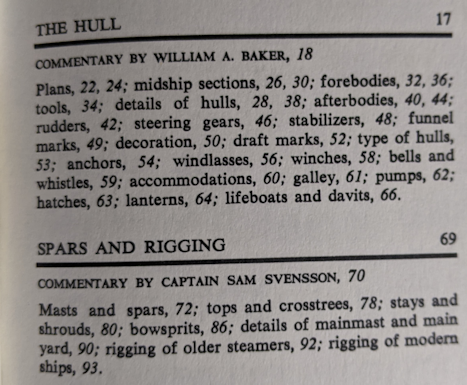
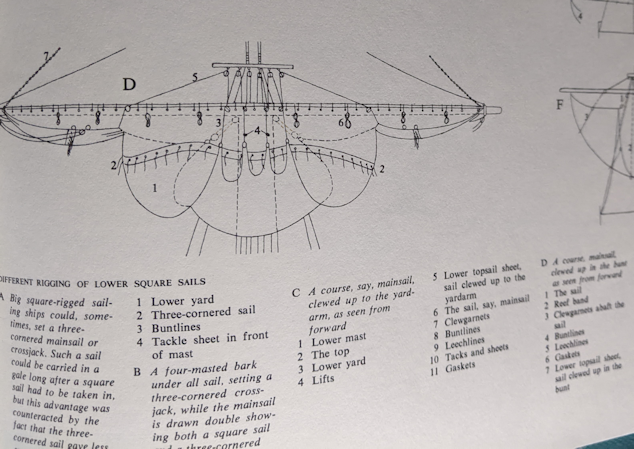
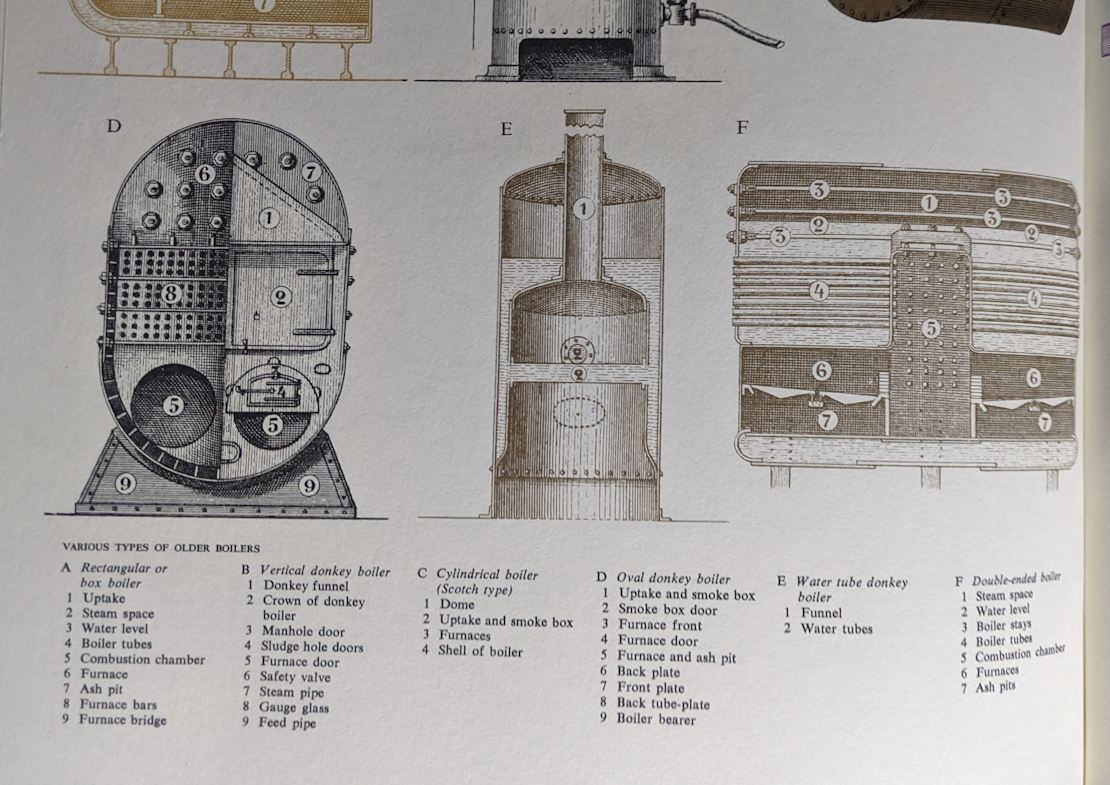
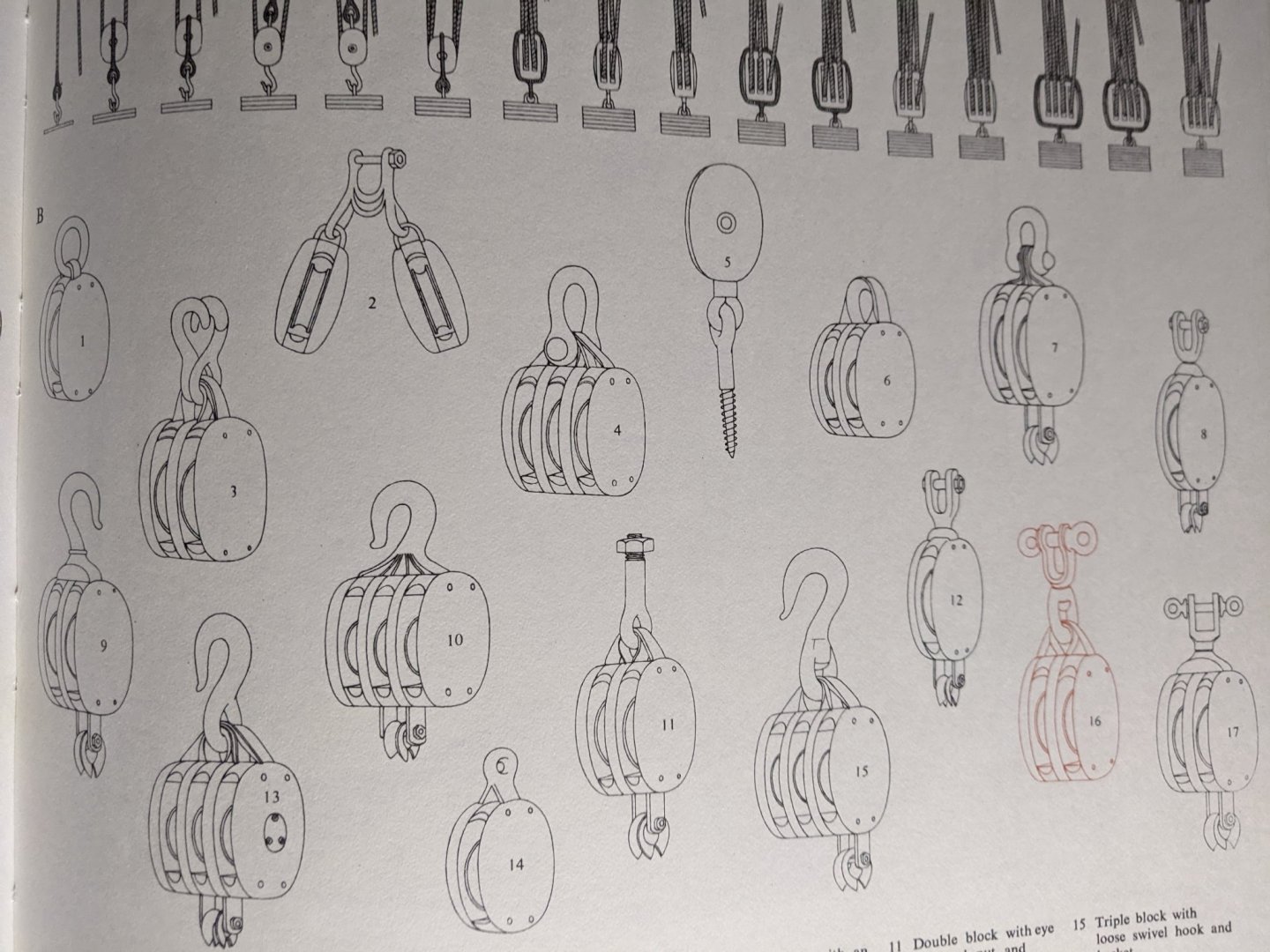



.jpg.8fdbacba021cd0790992eb7afff2aa67.jpg)
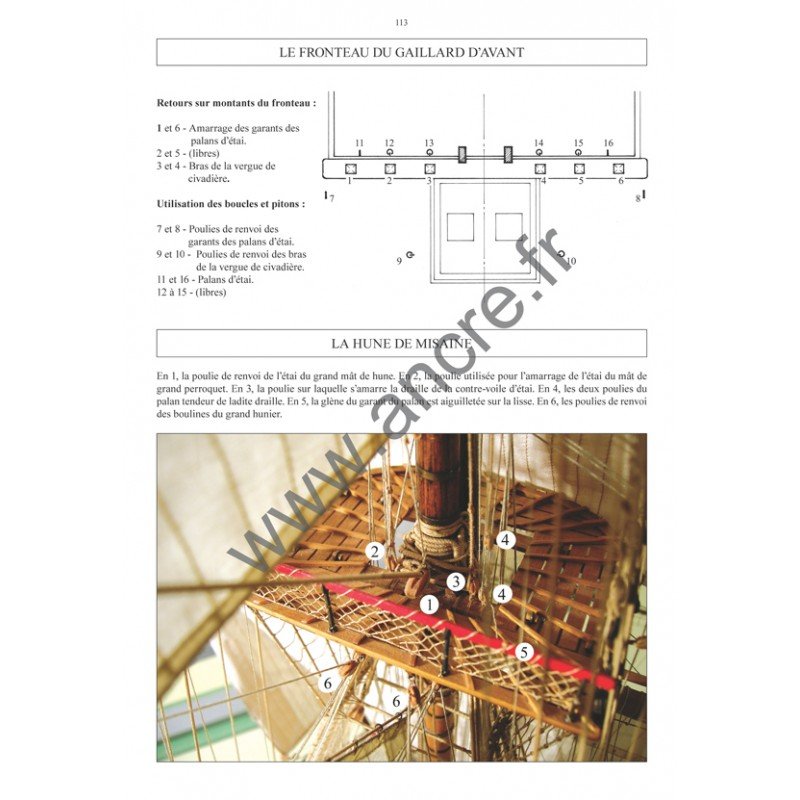
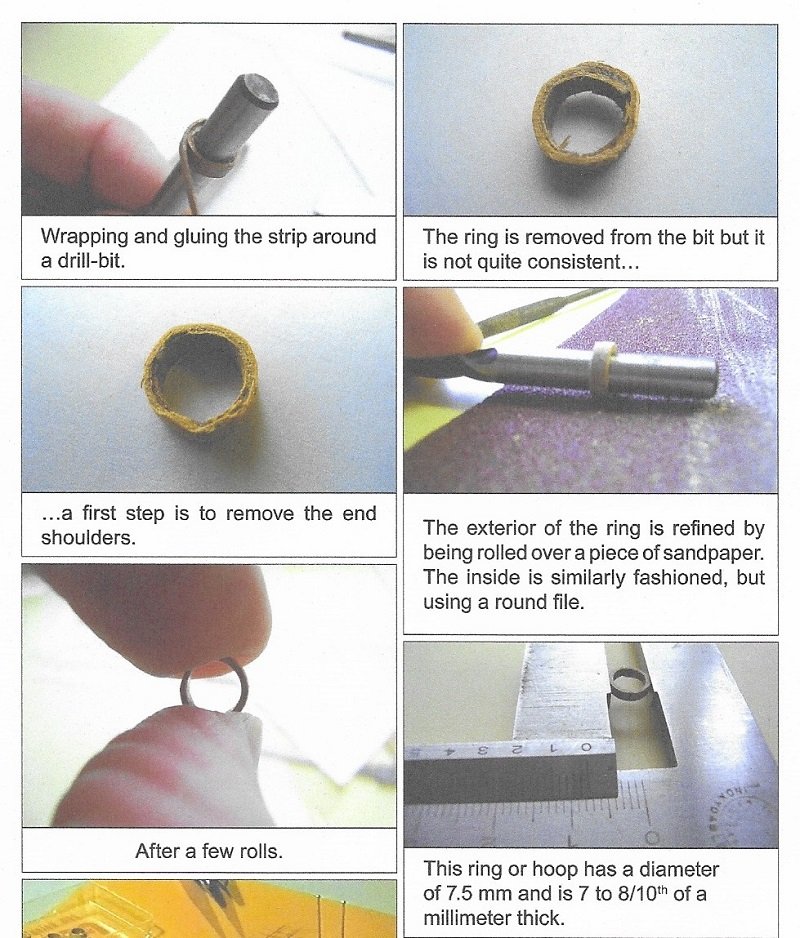
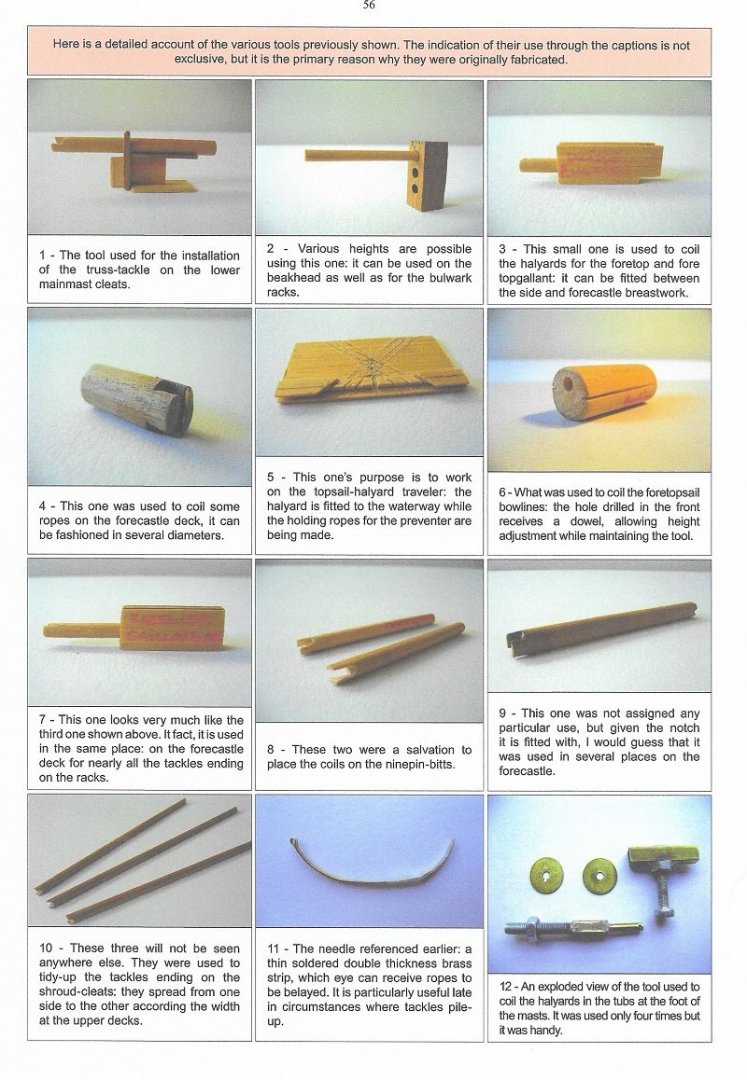

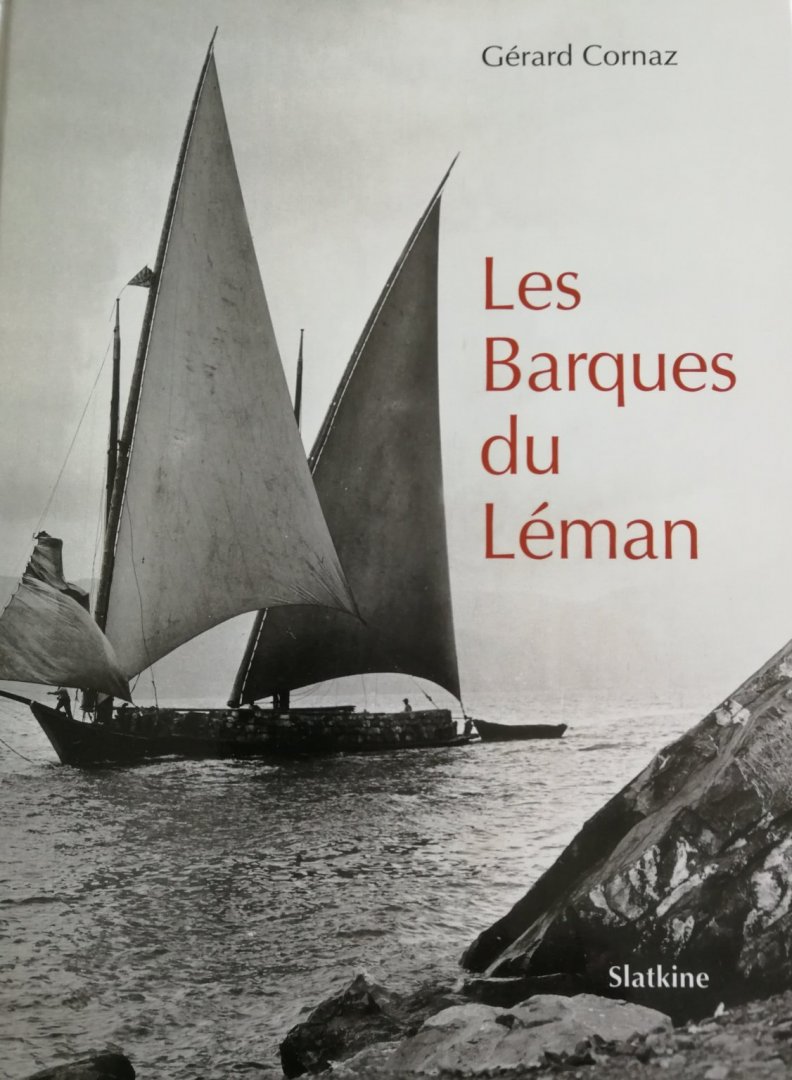
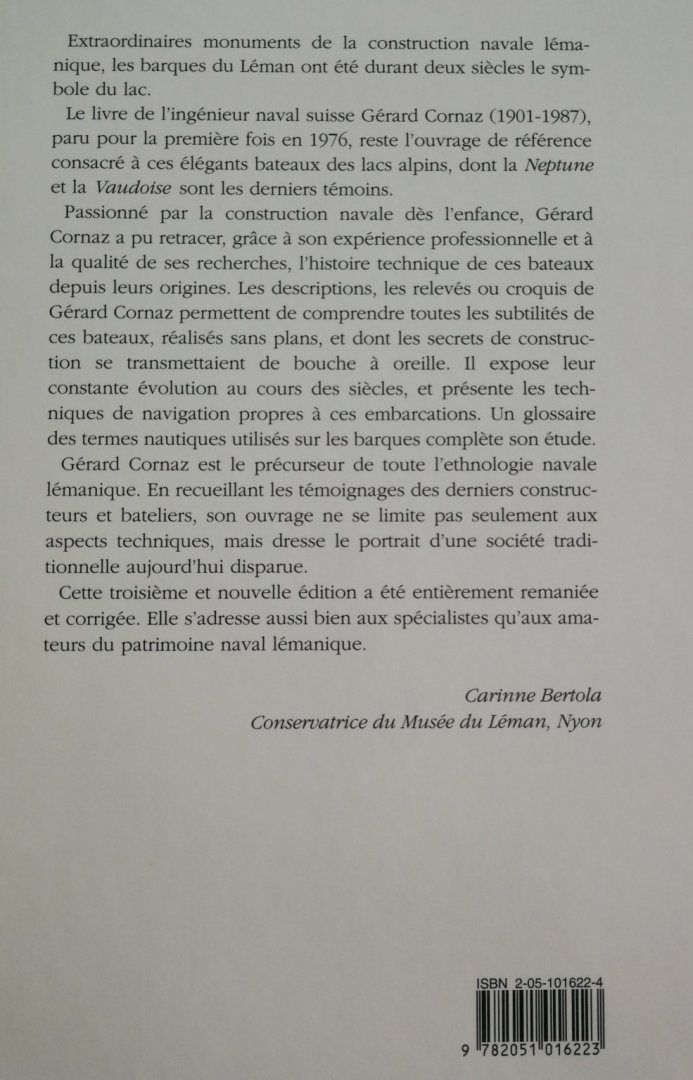
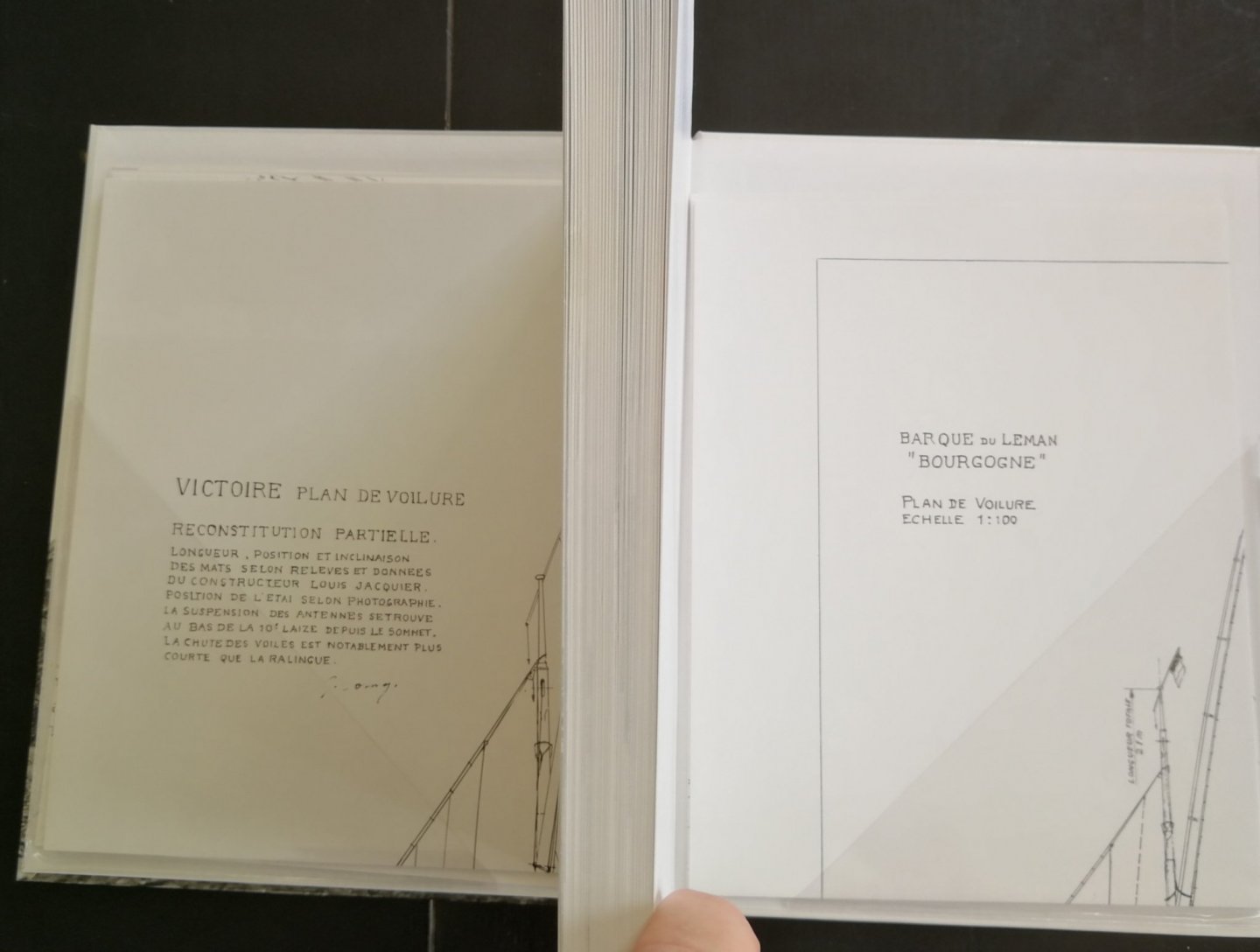
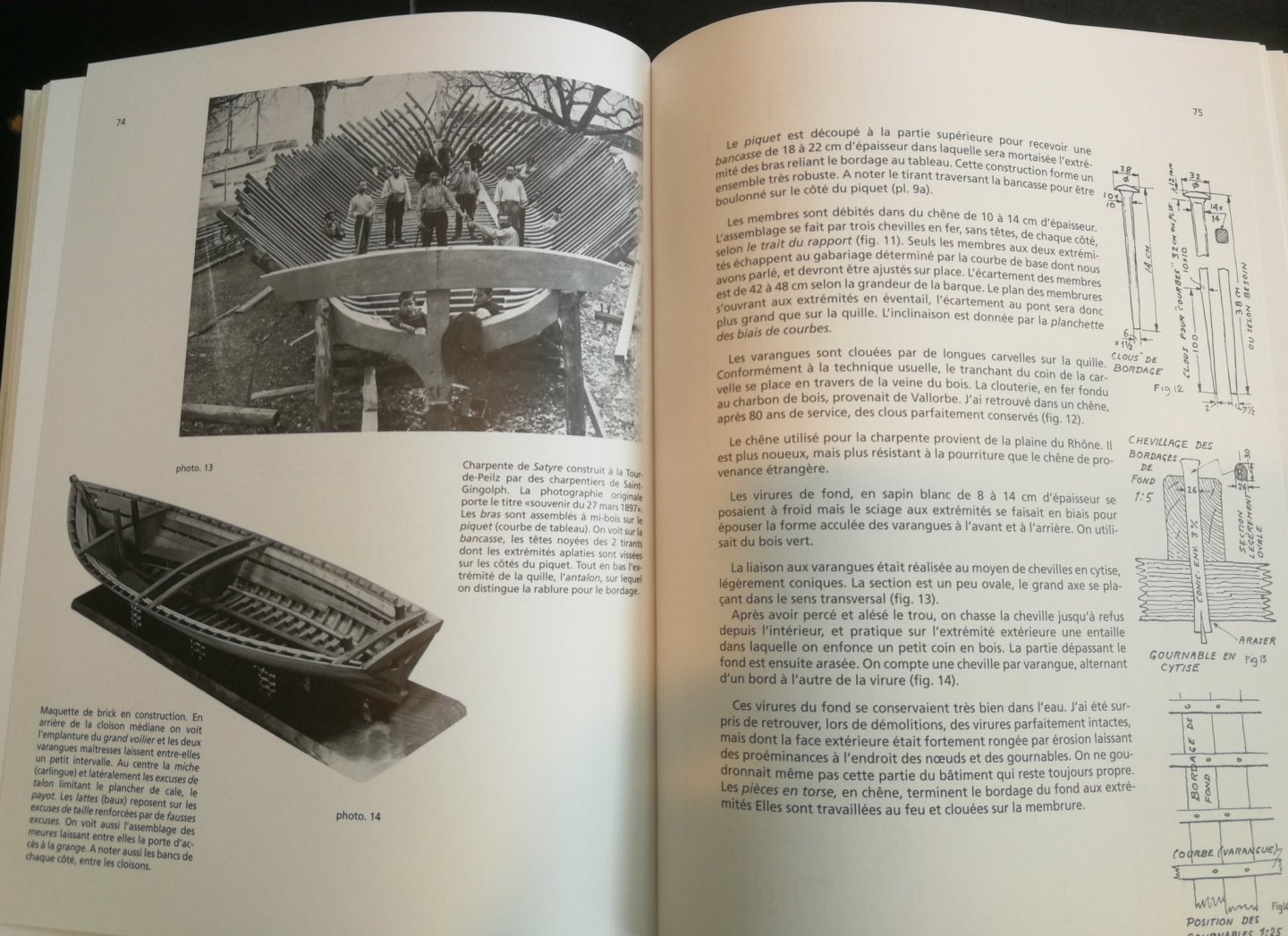
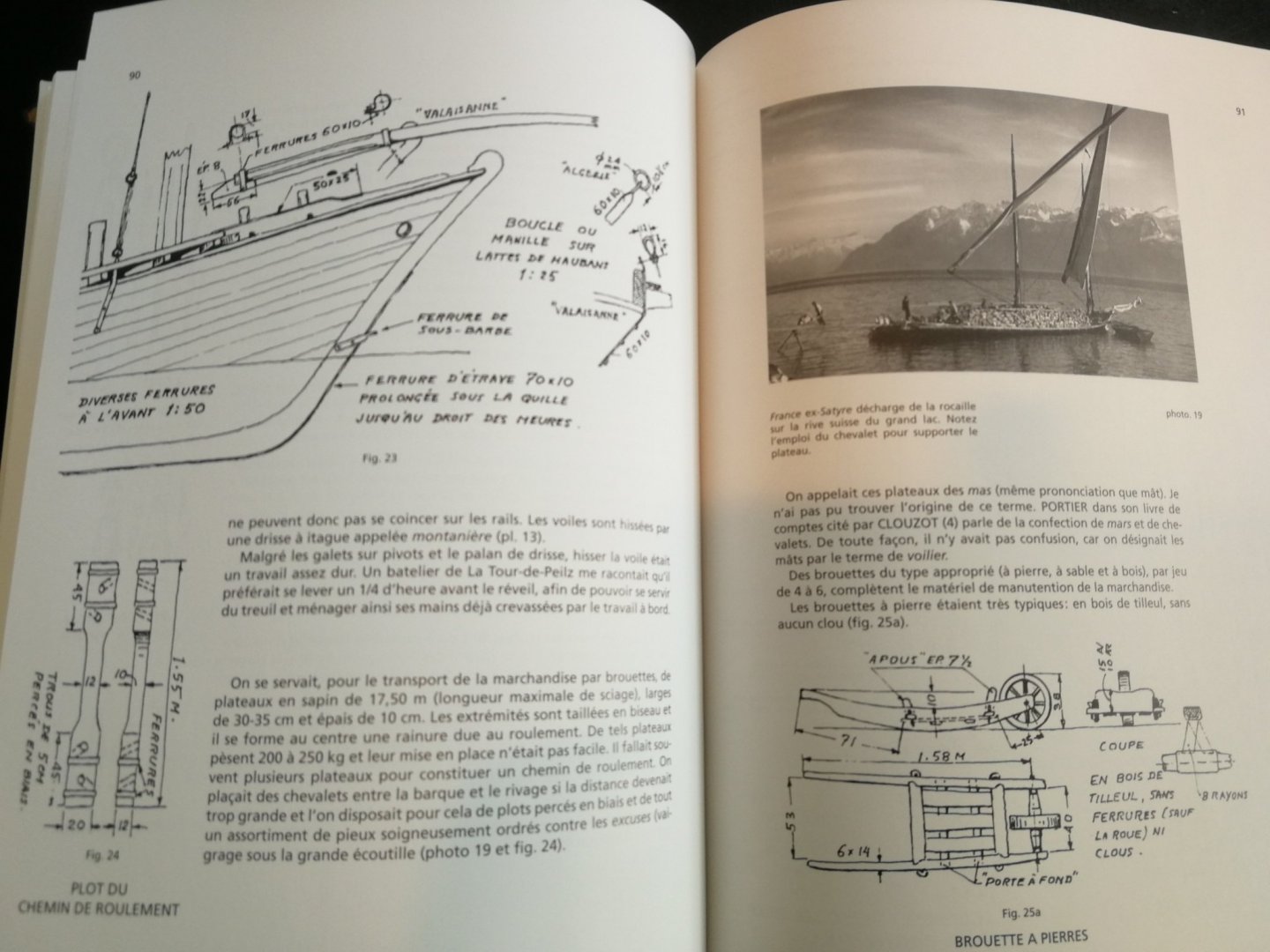
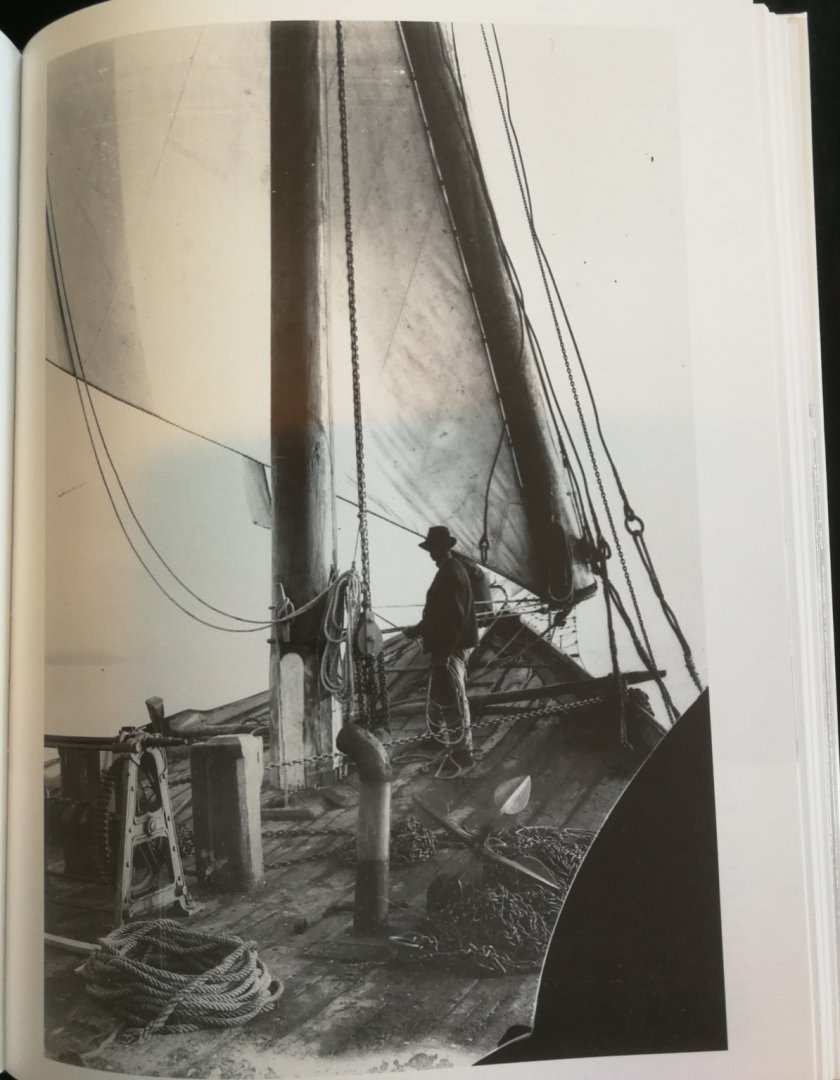
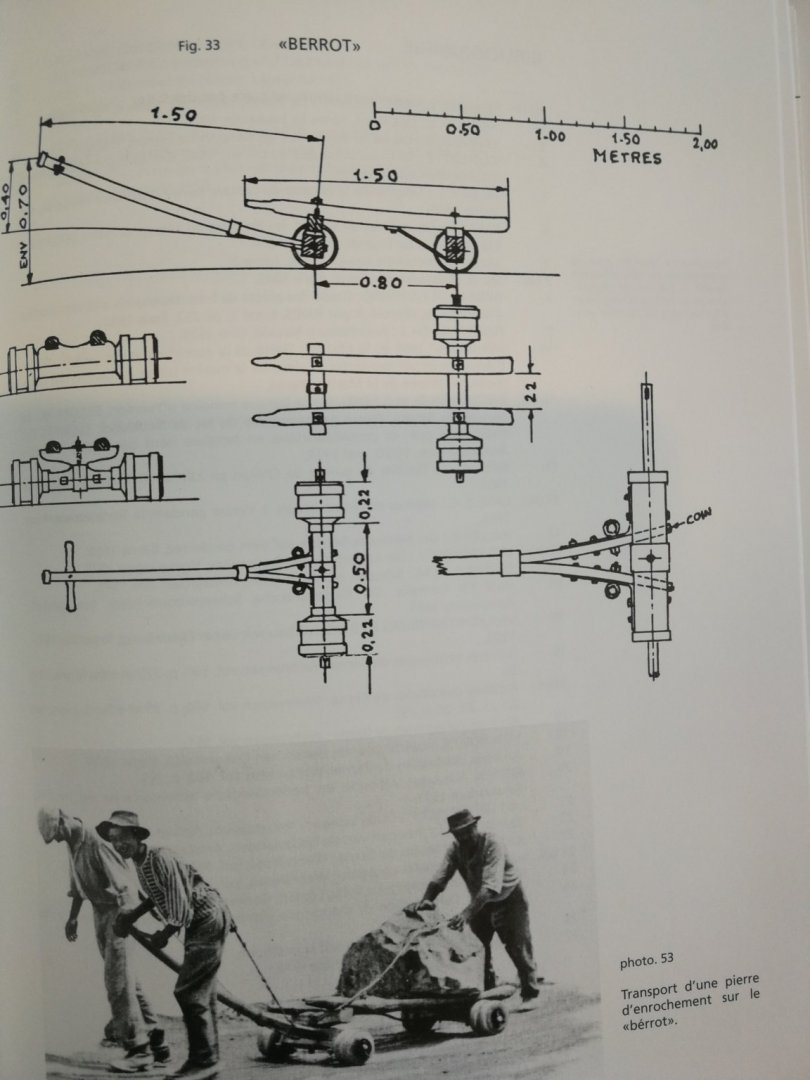
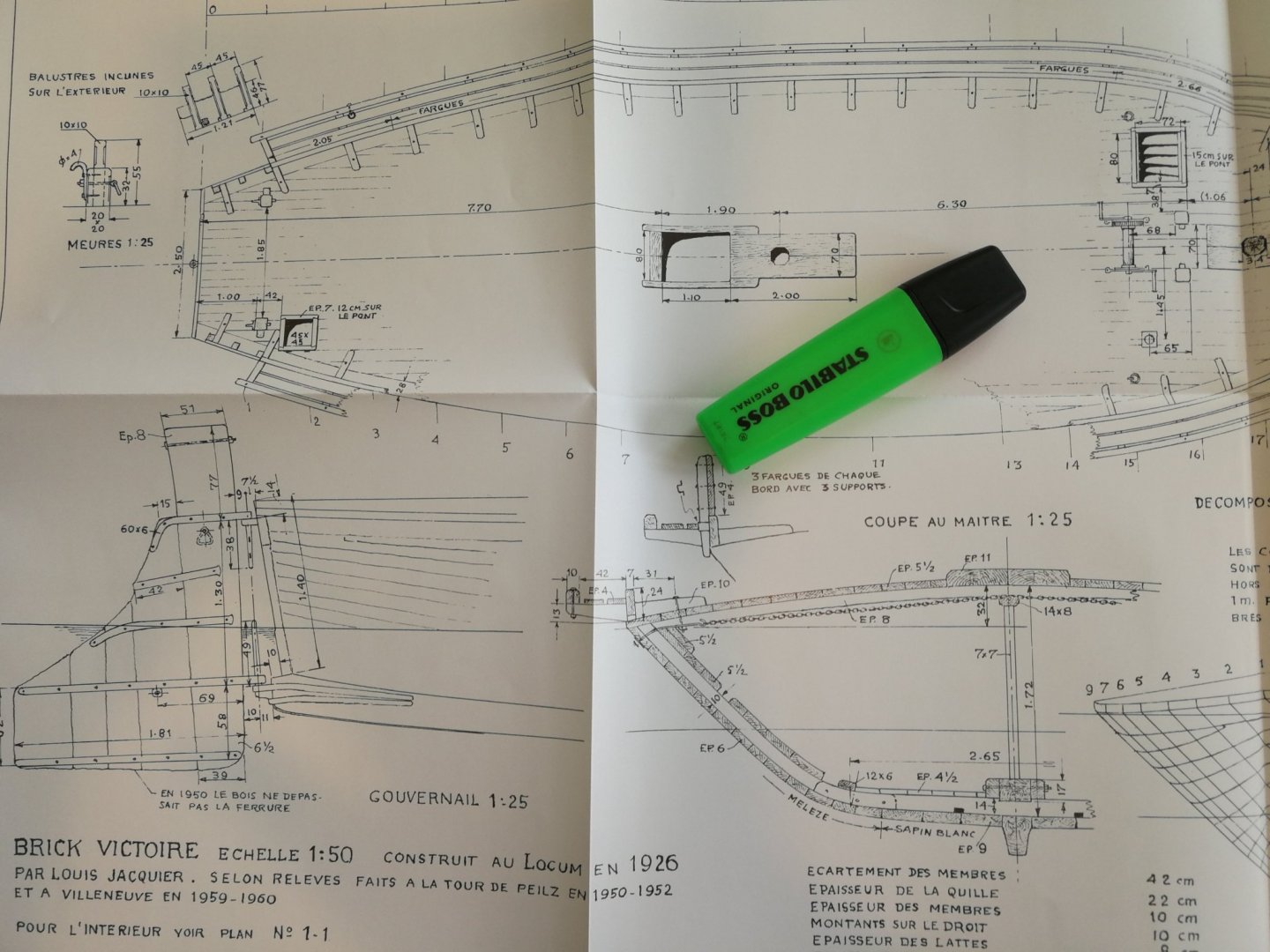
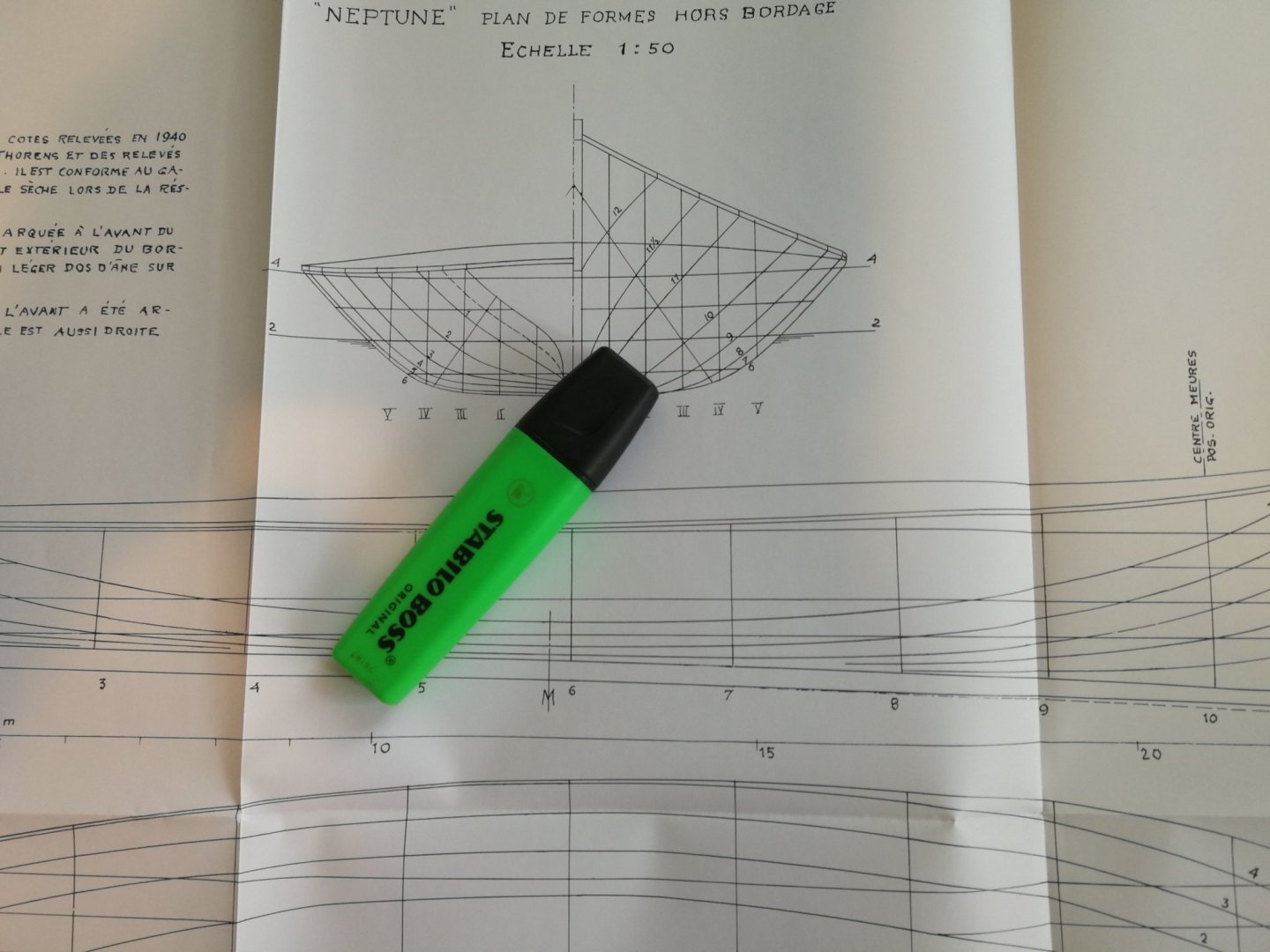
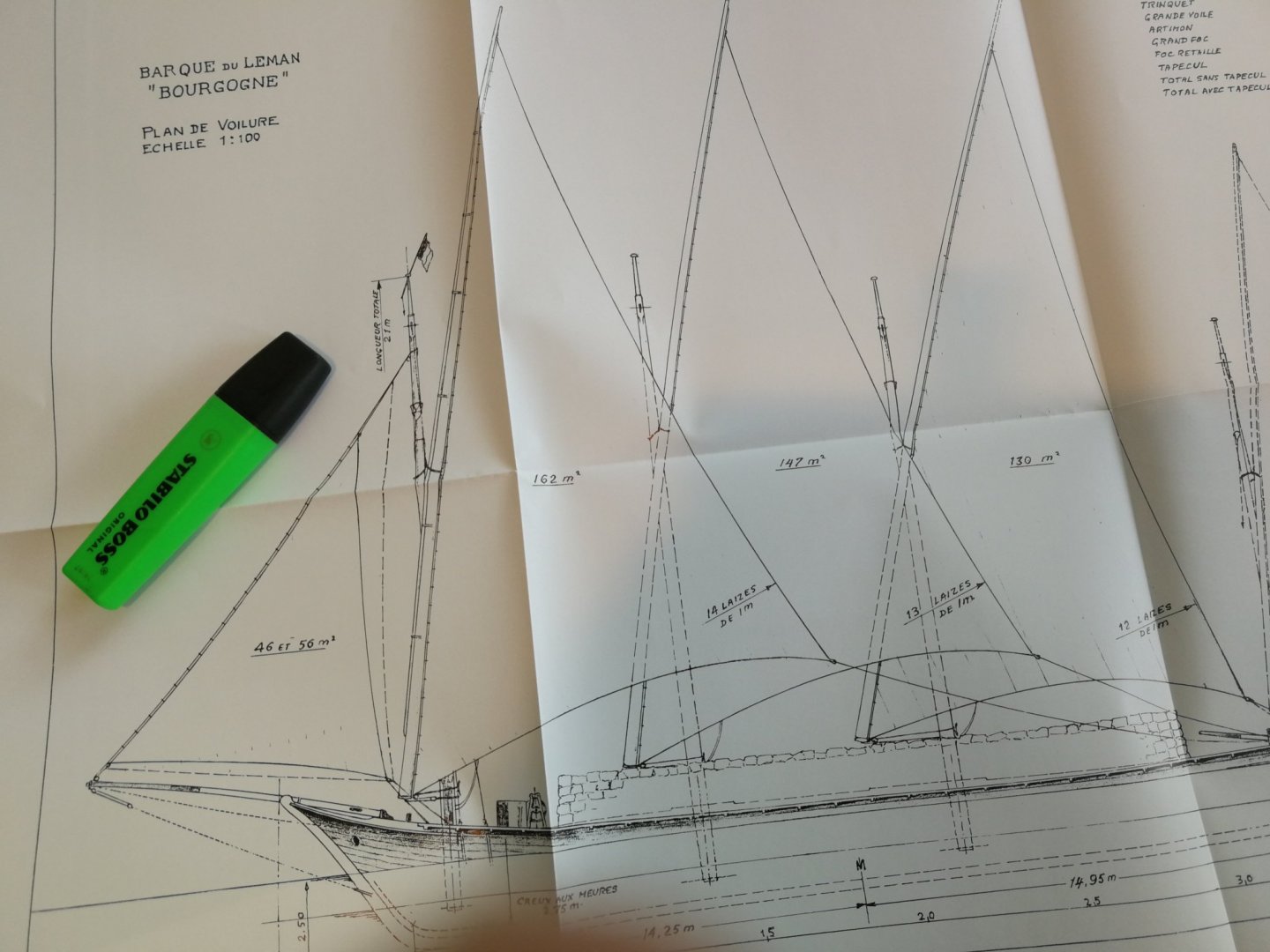


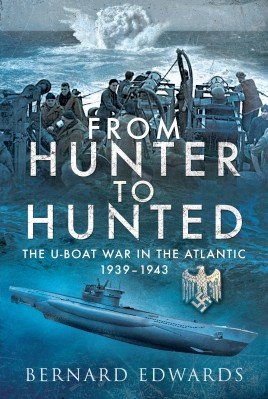
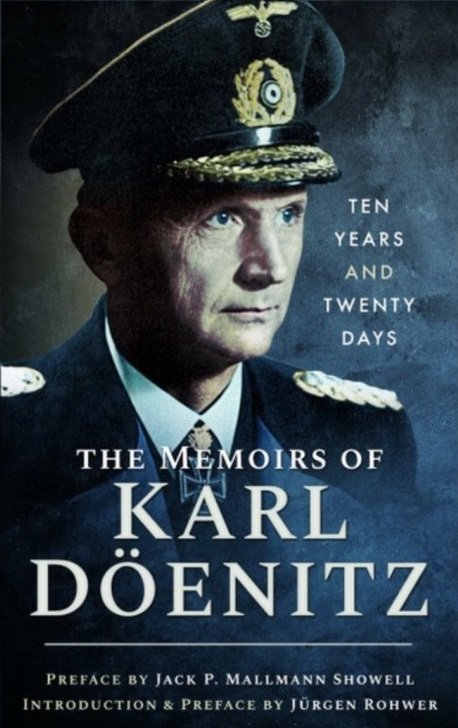
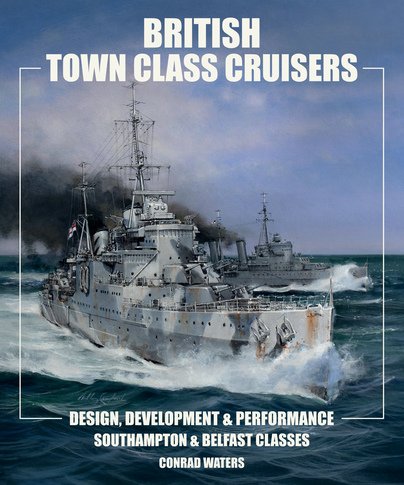



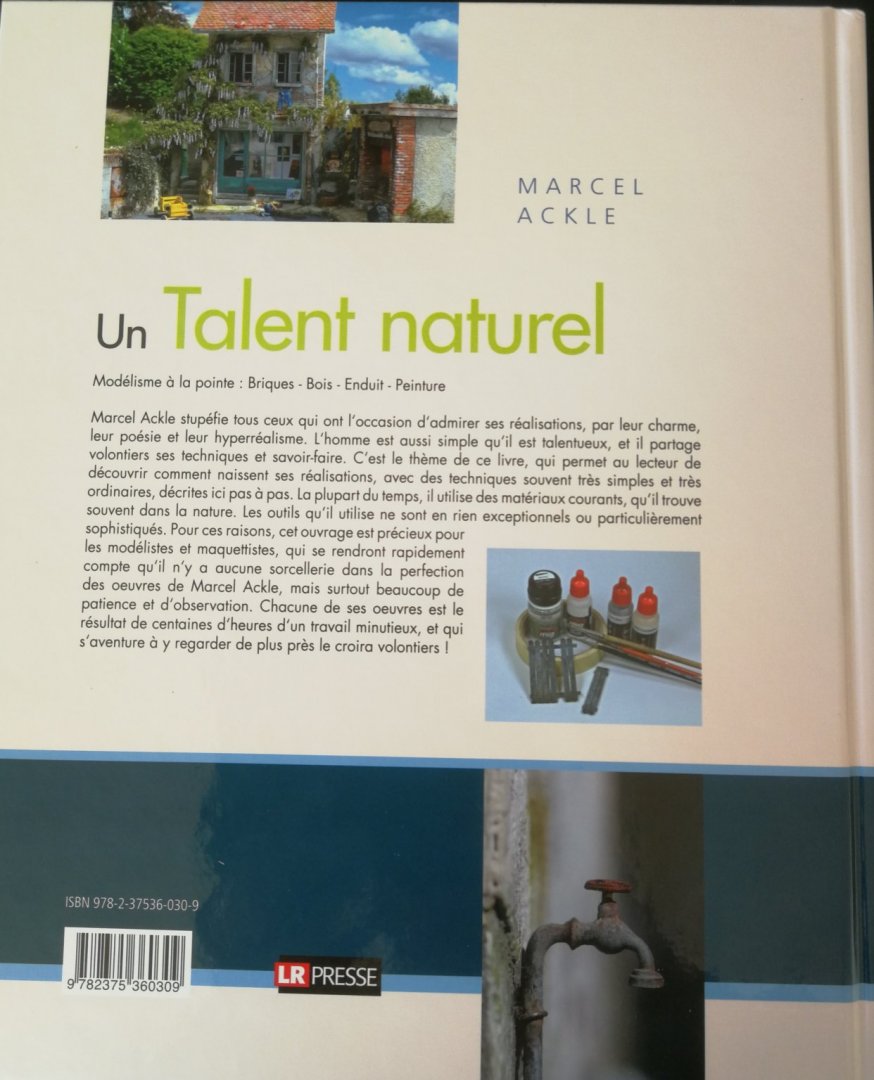


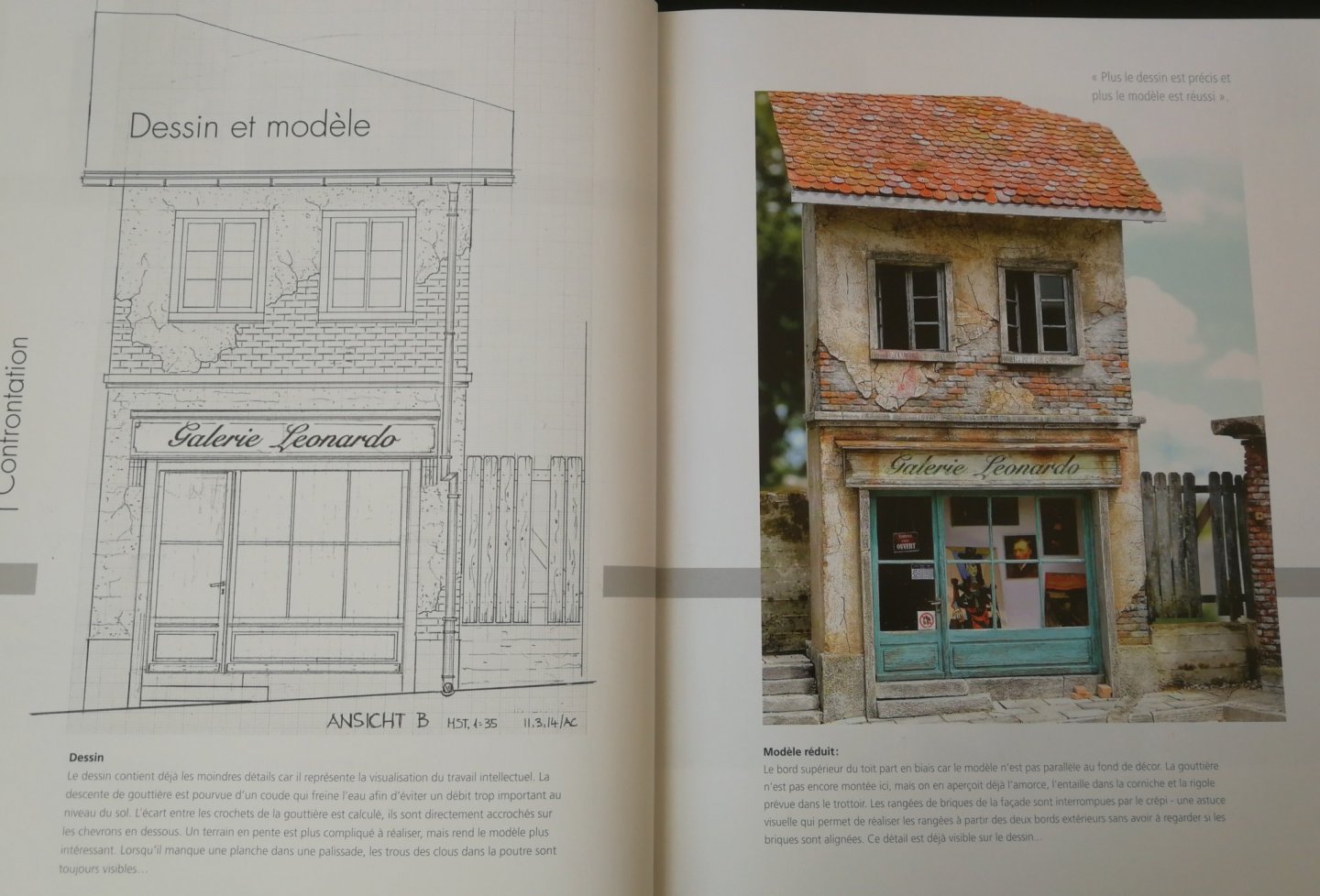
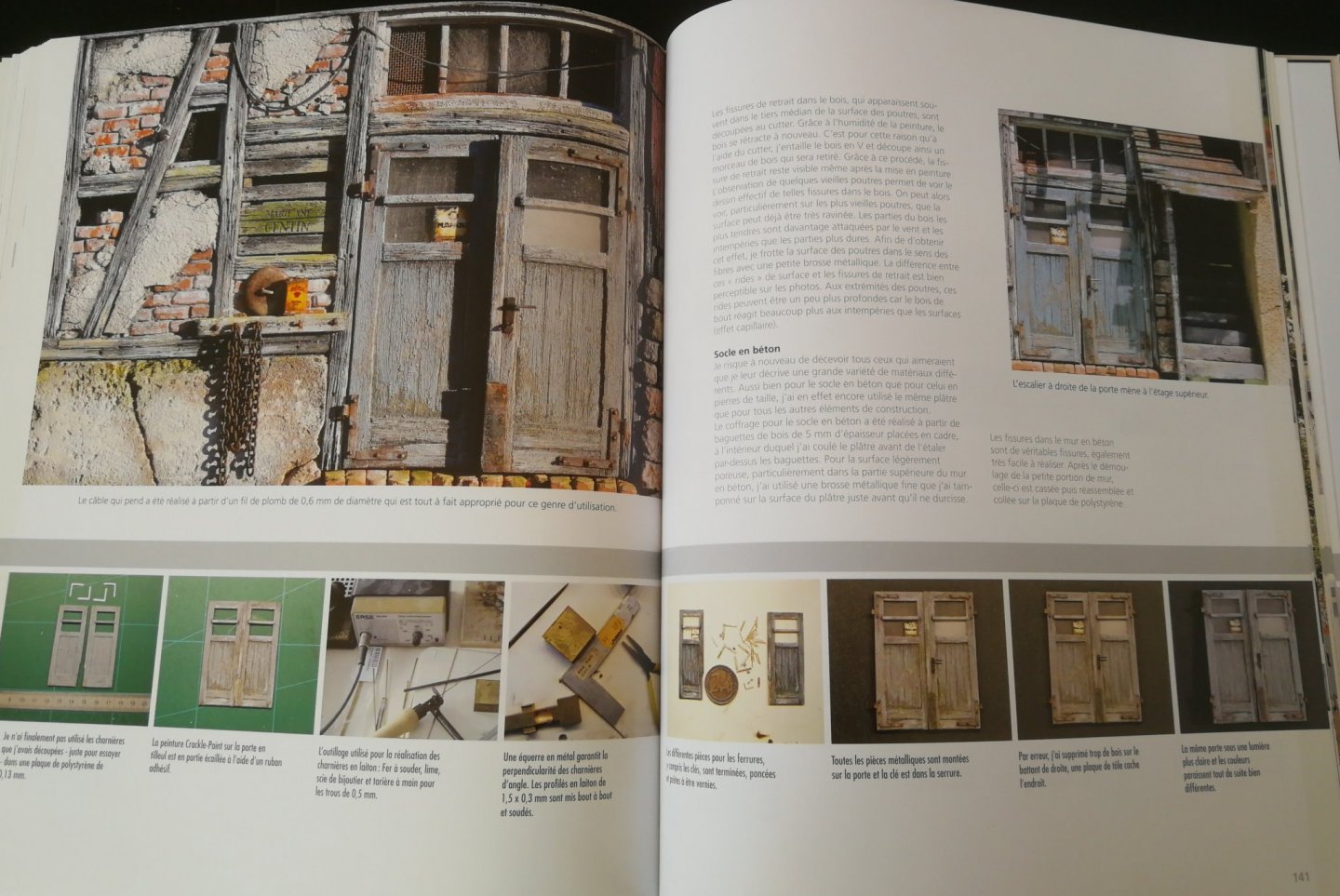
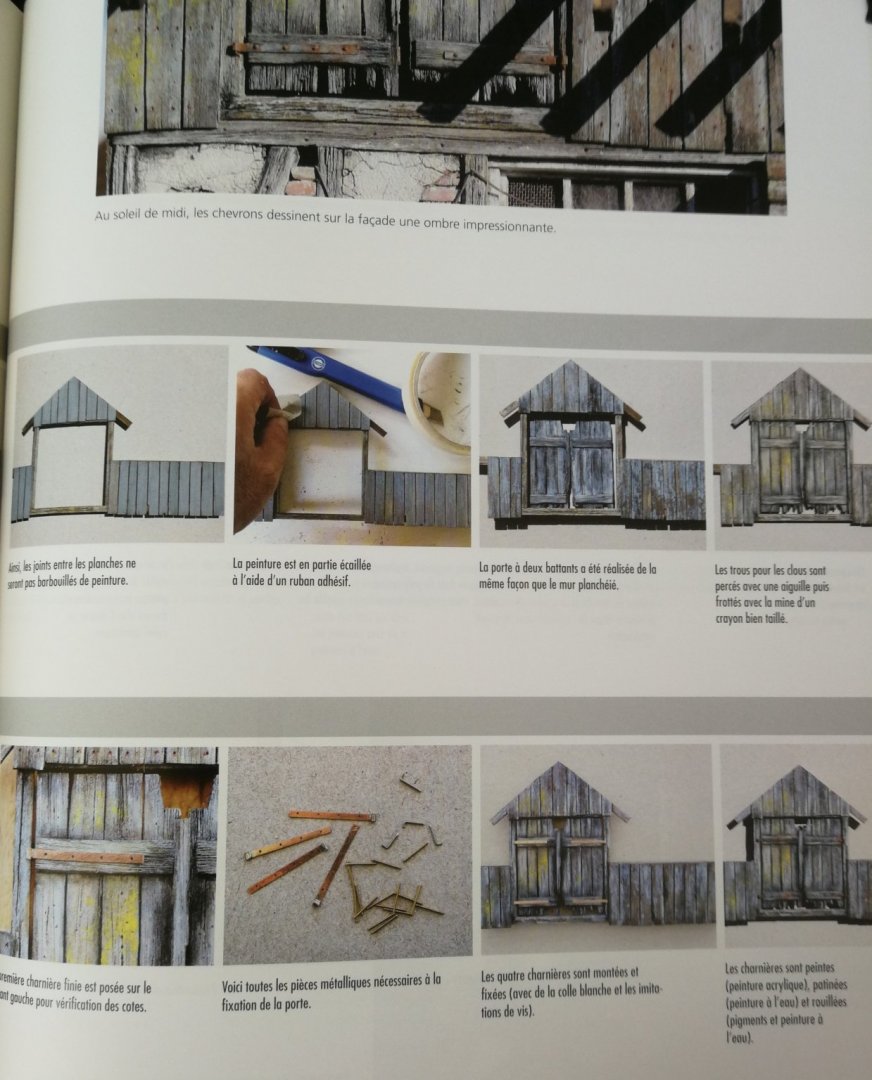
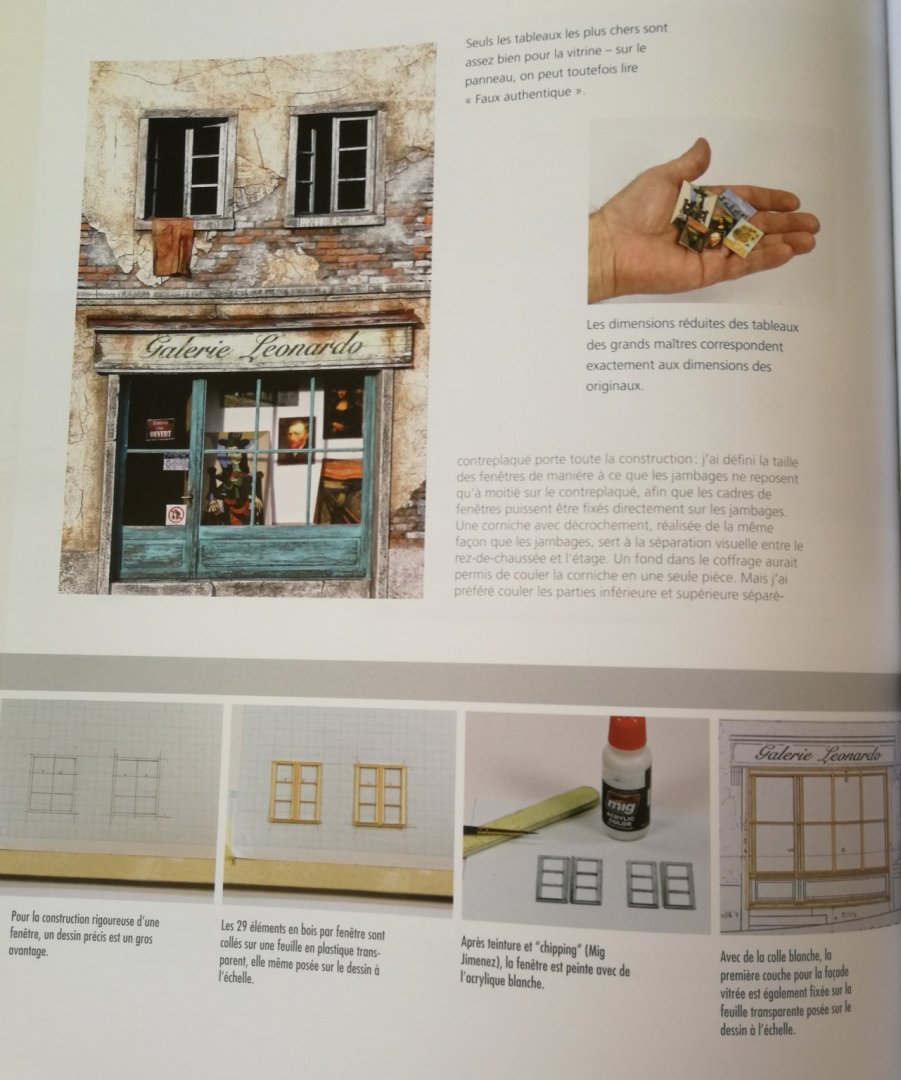
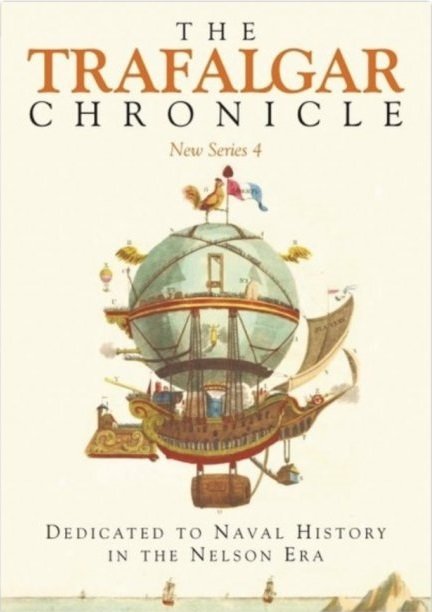
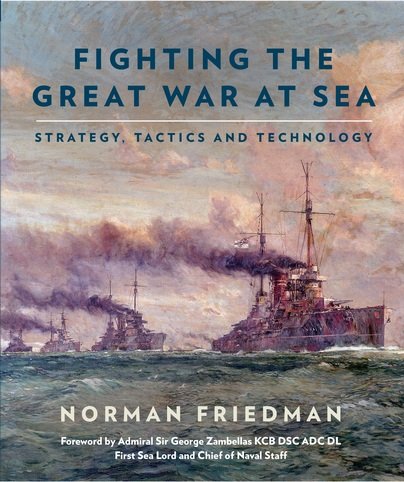
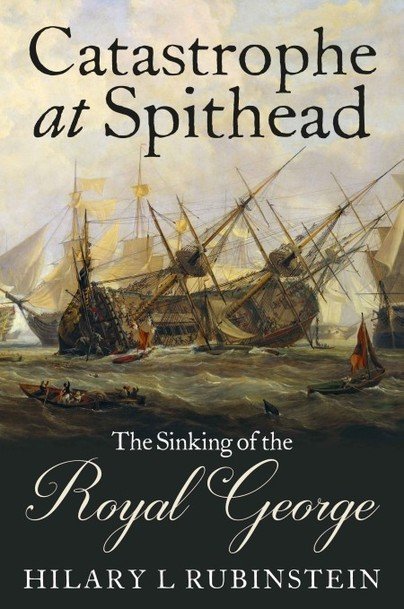
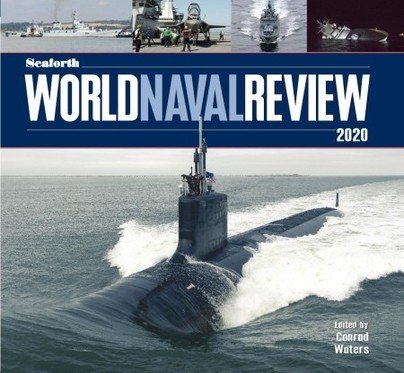
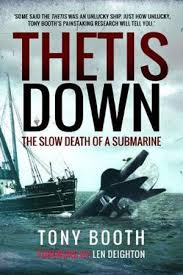
.thumb.jpg.33ed8cef3194e9f79a3c5e0fe14397f1.jpg)
